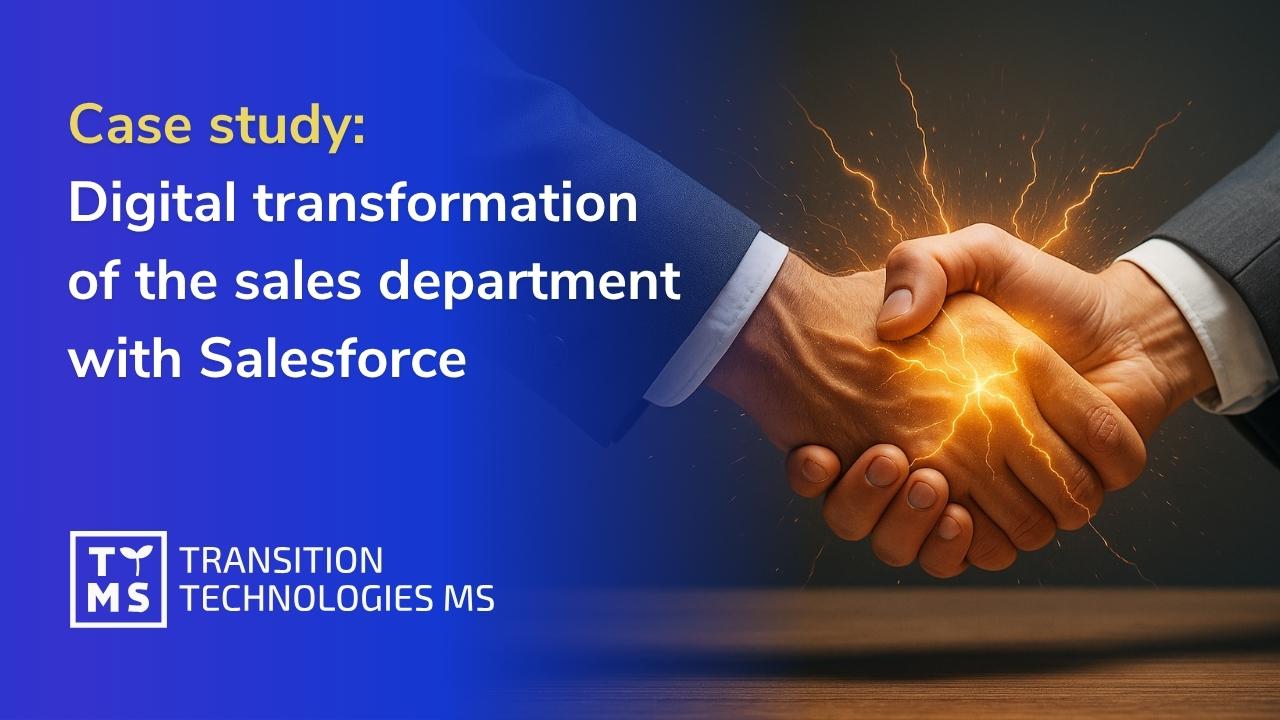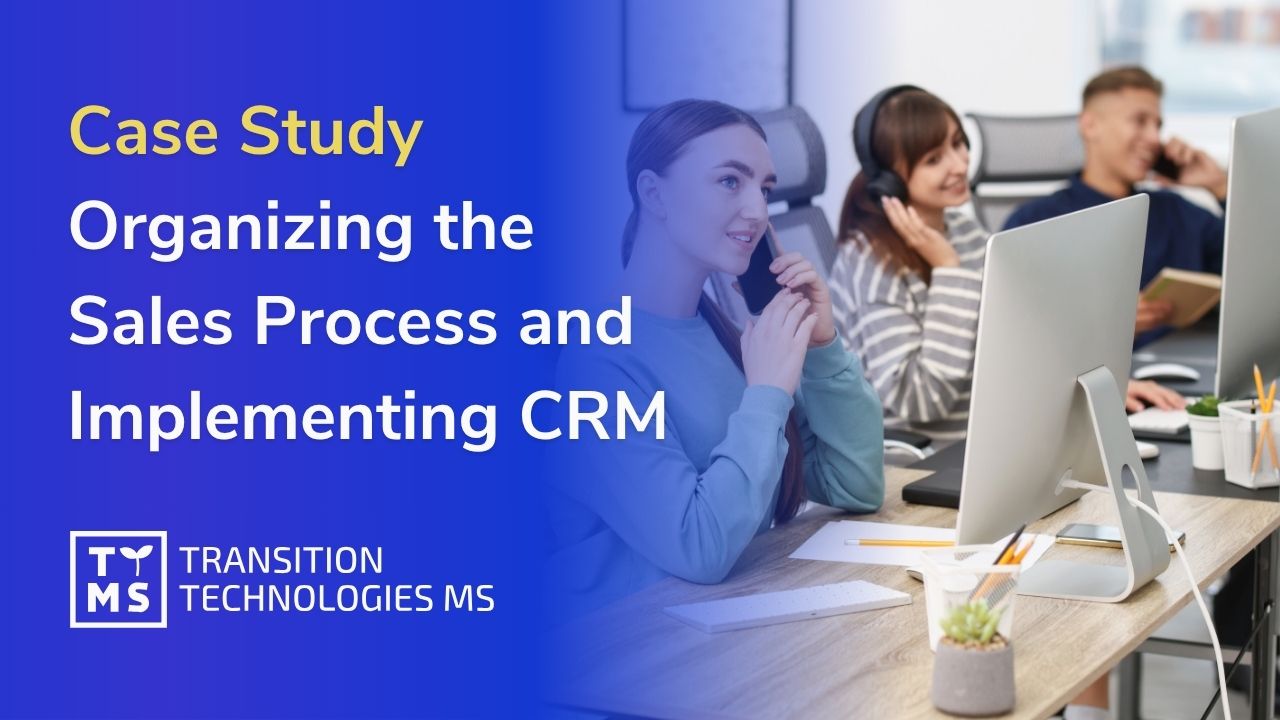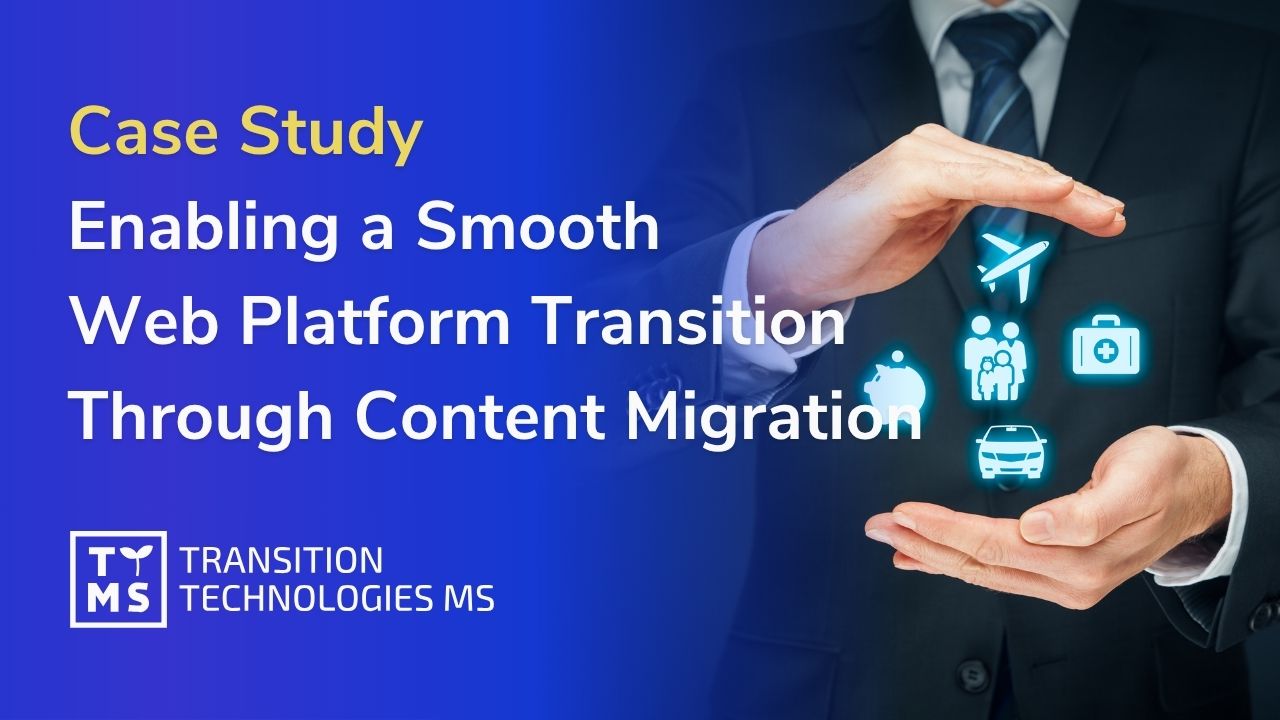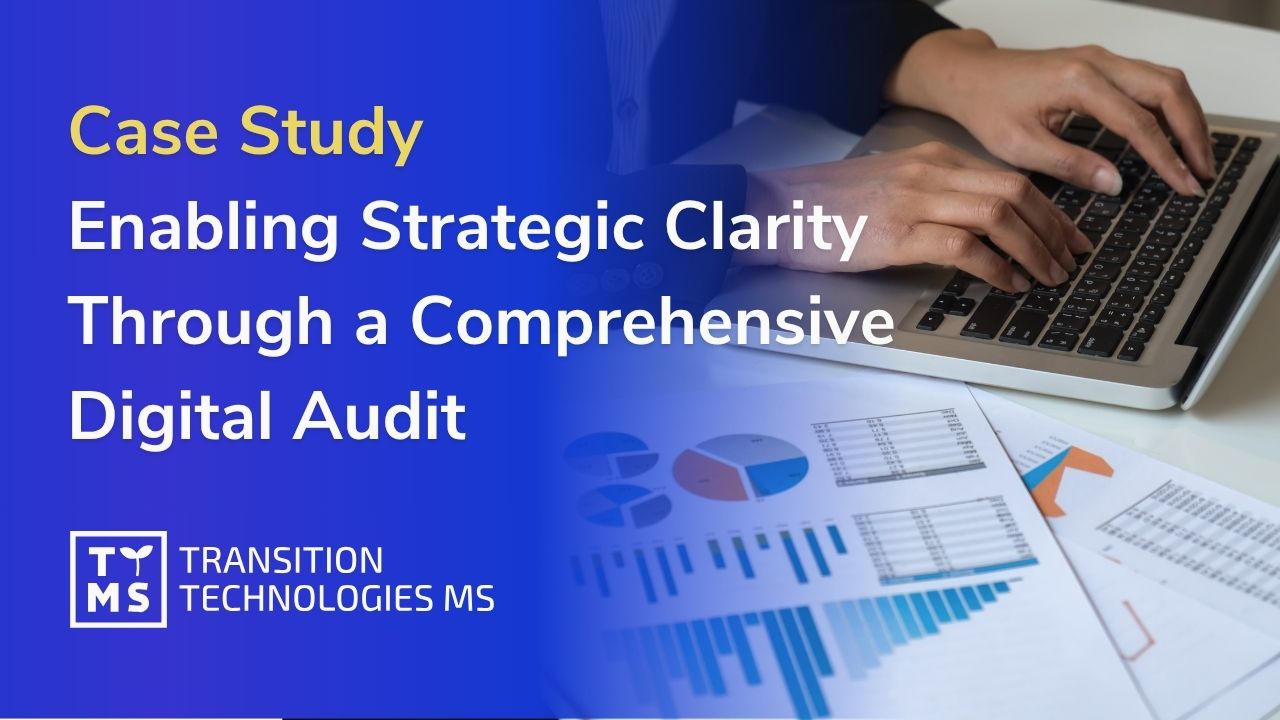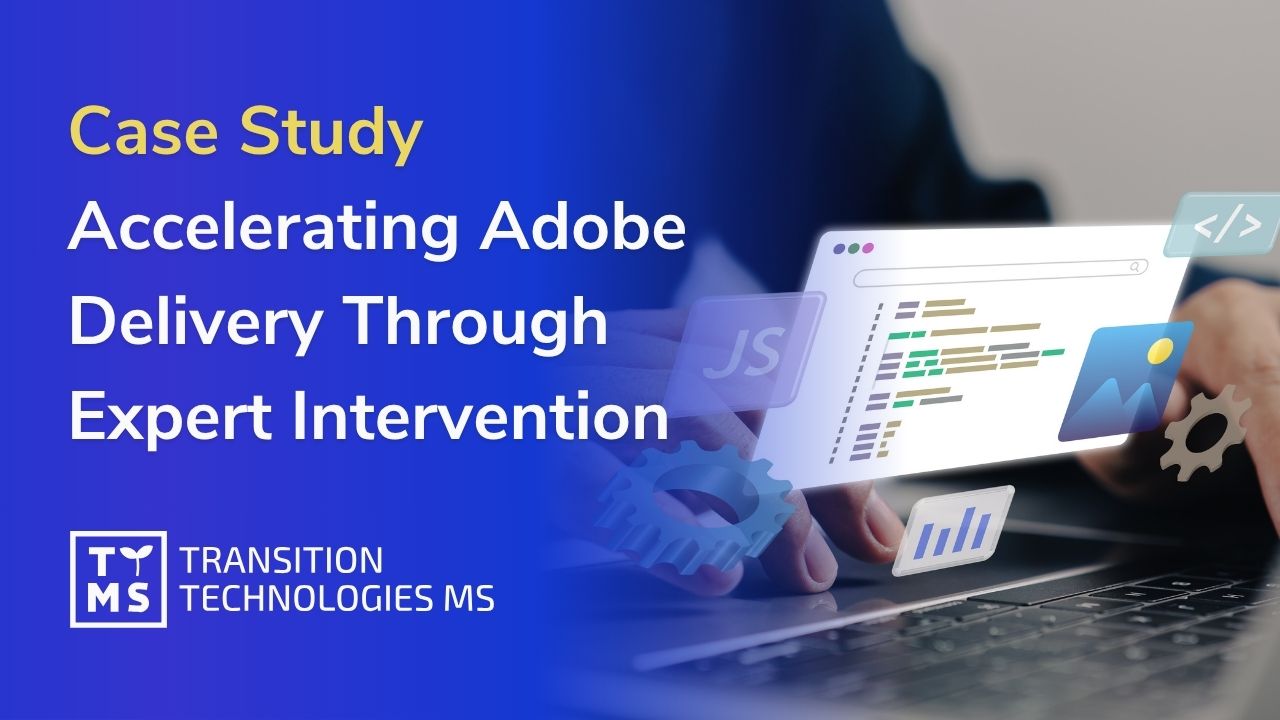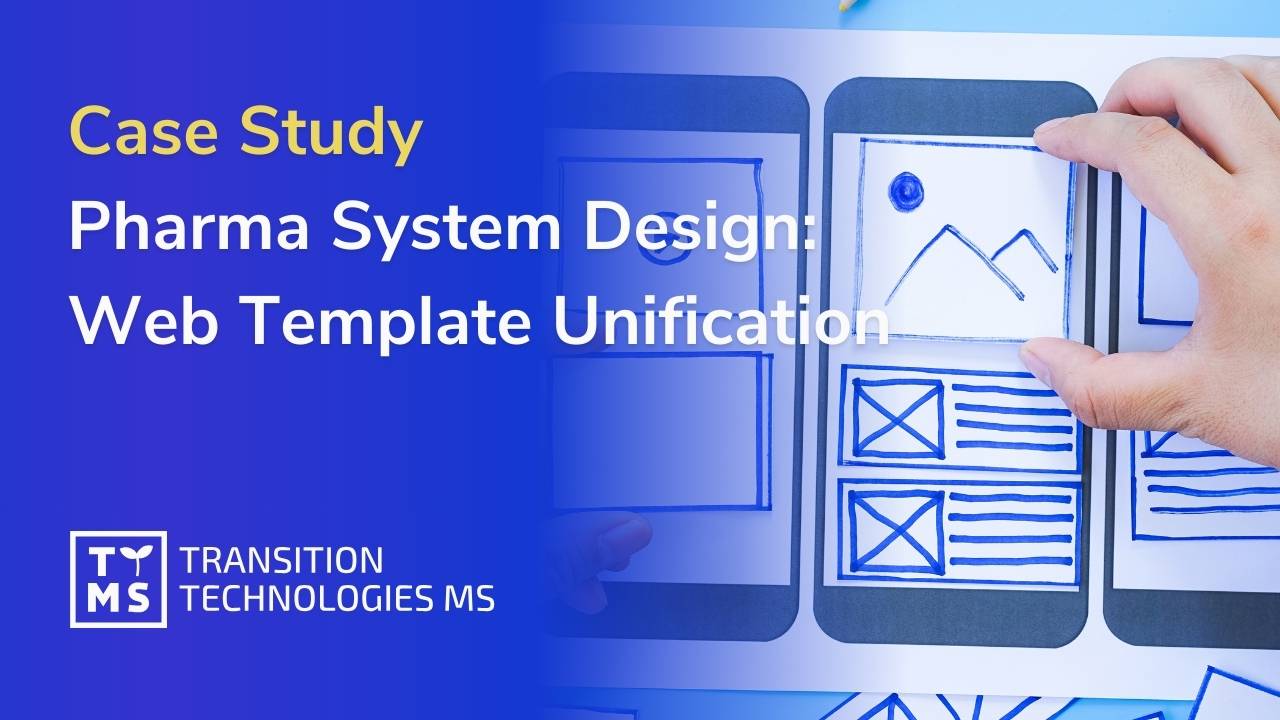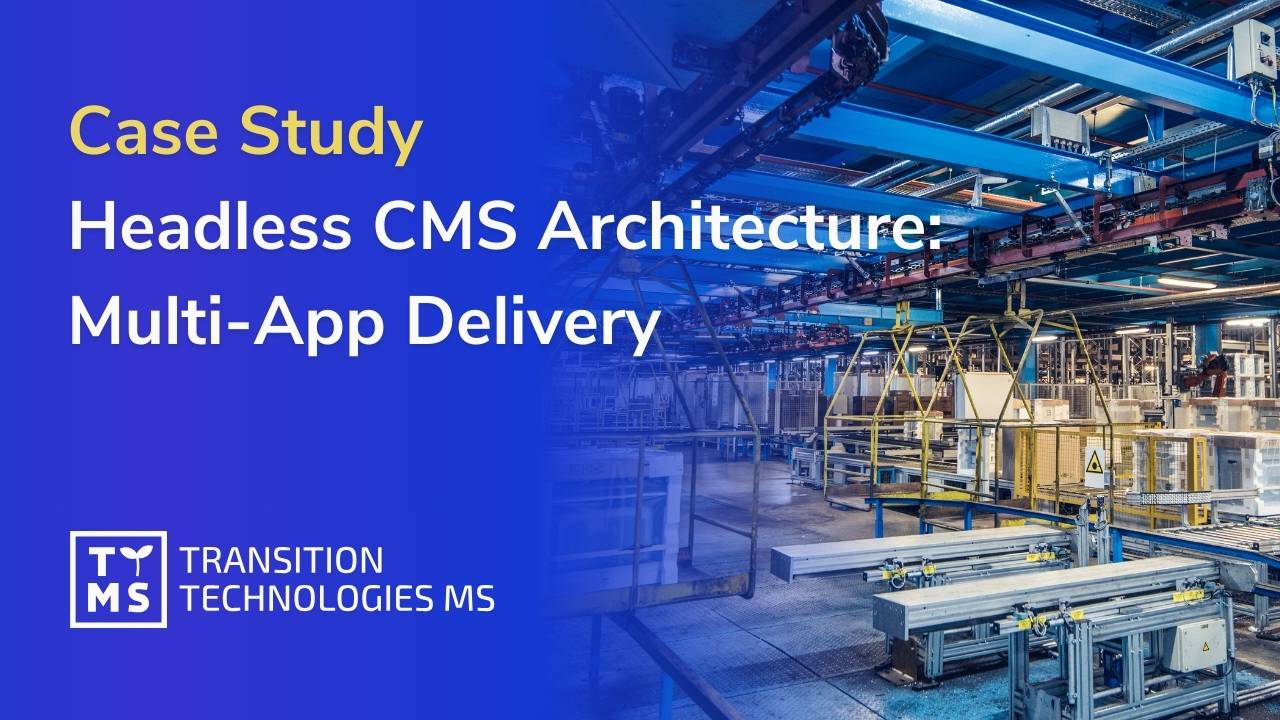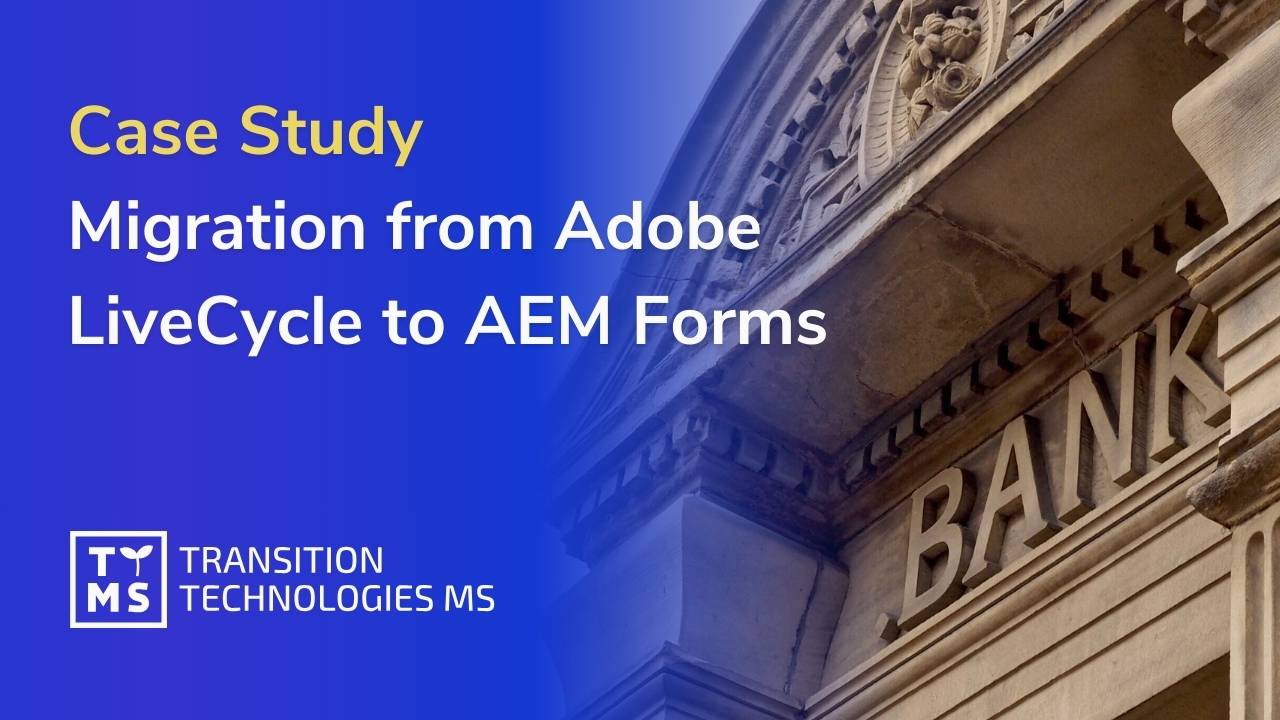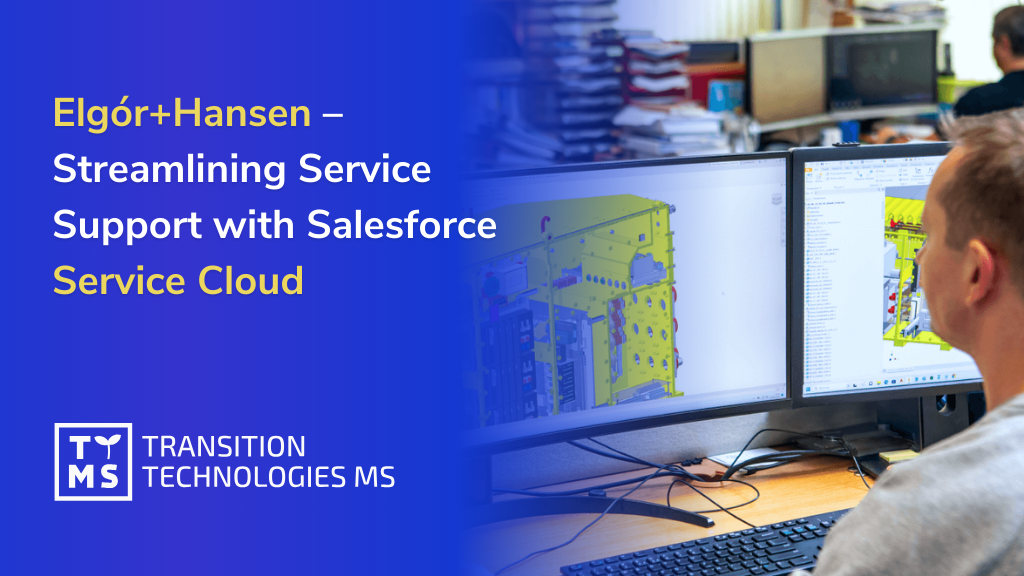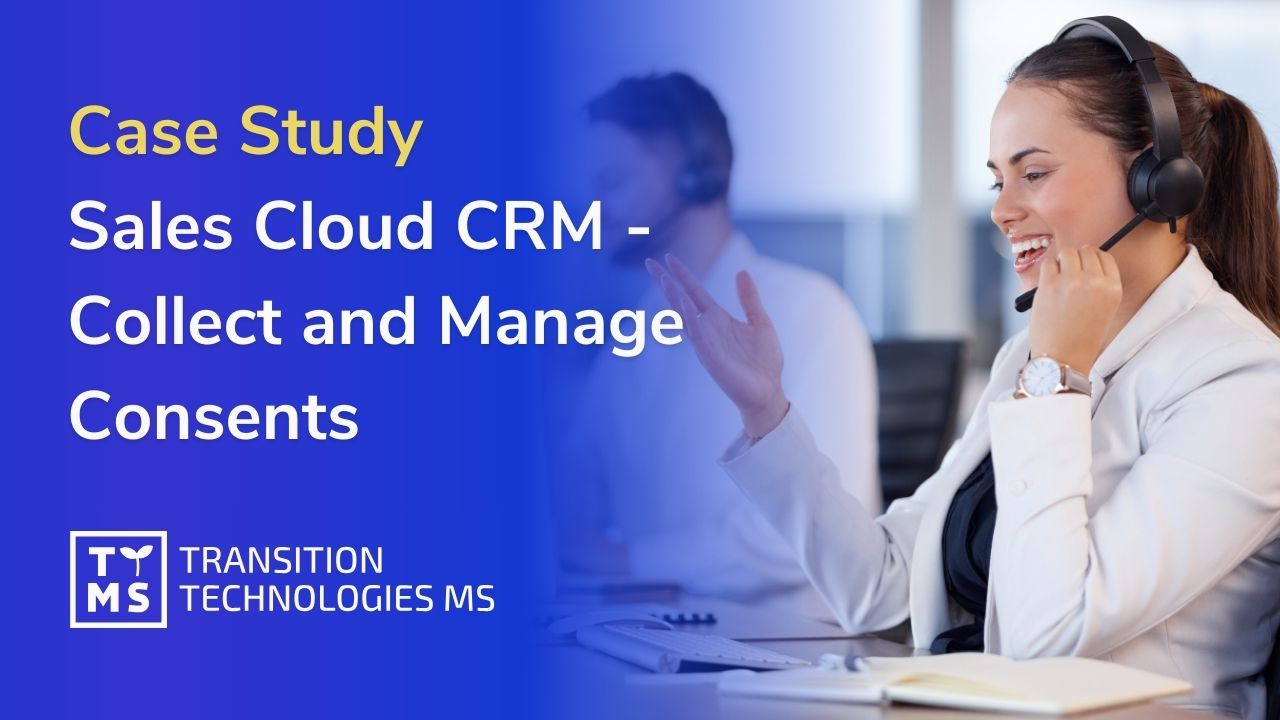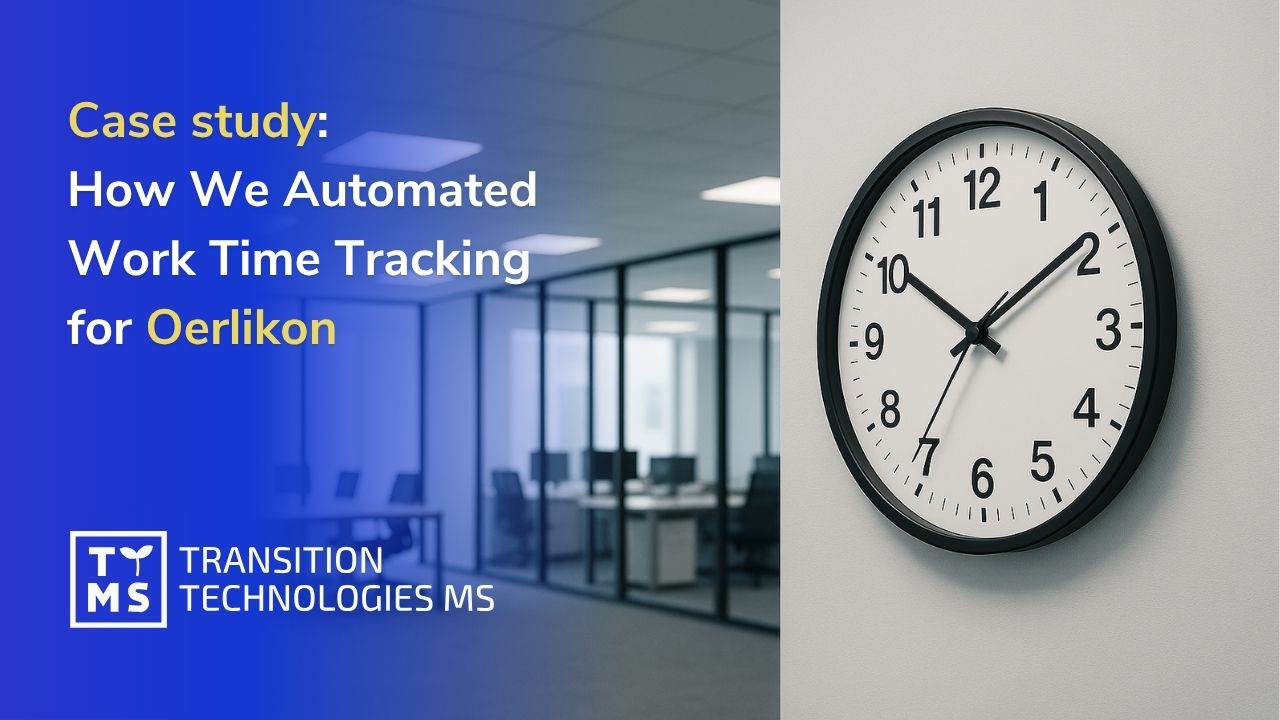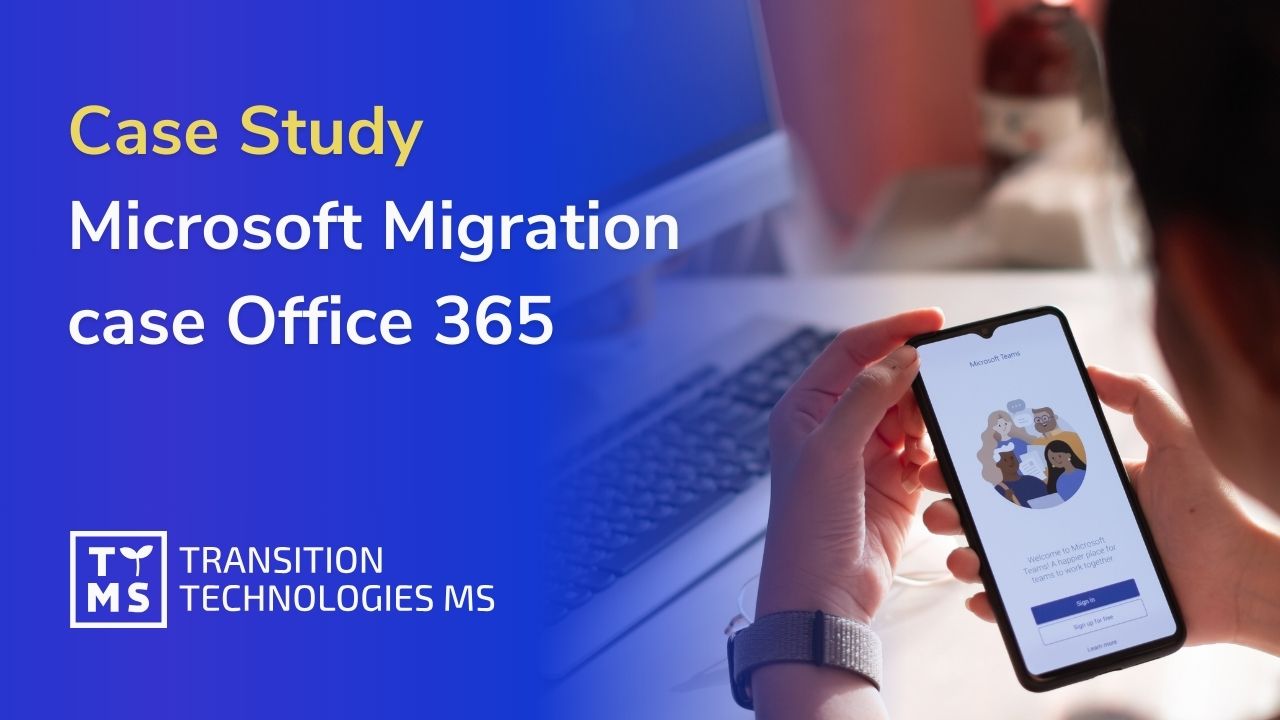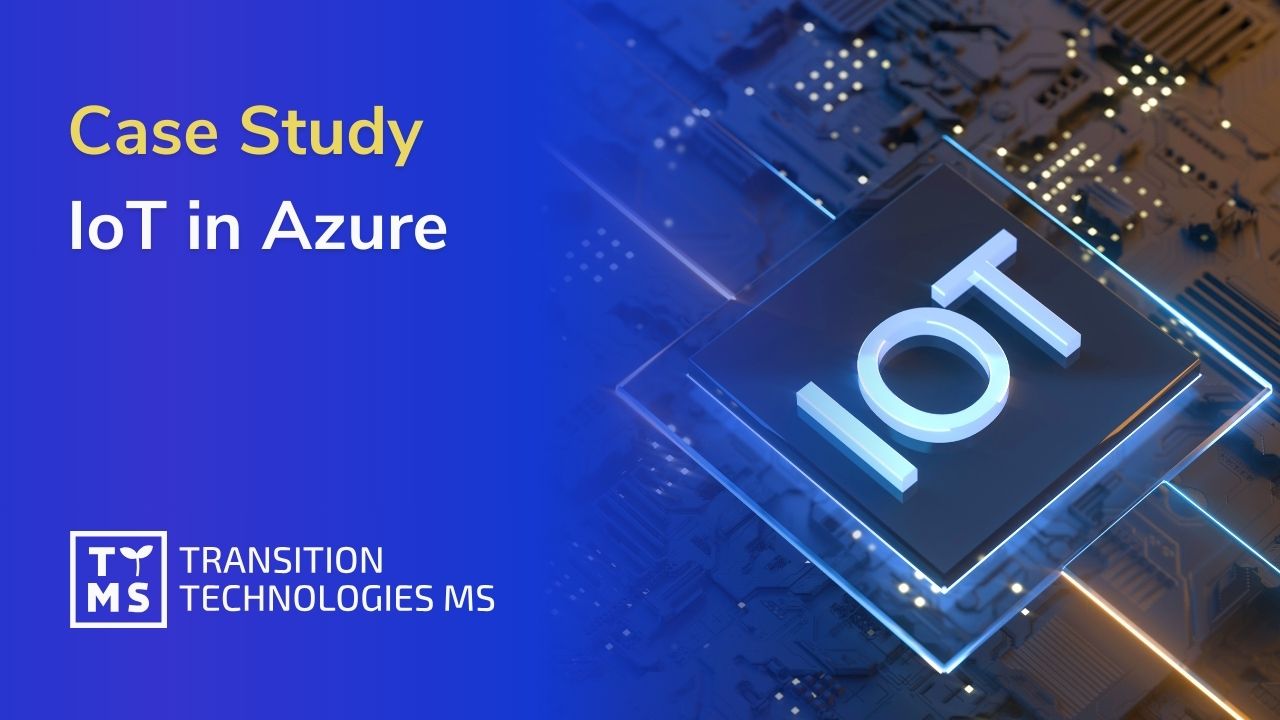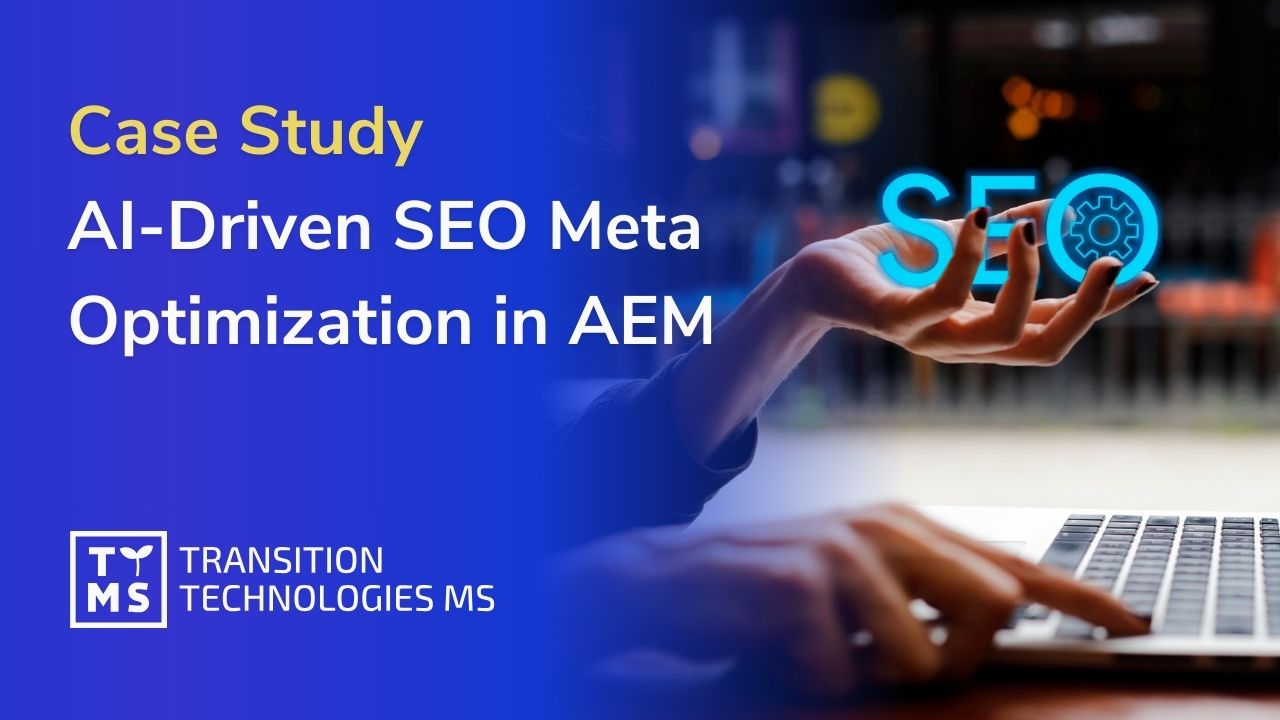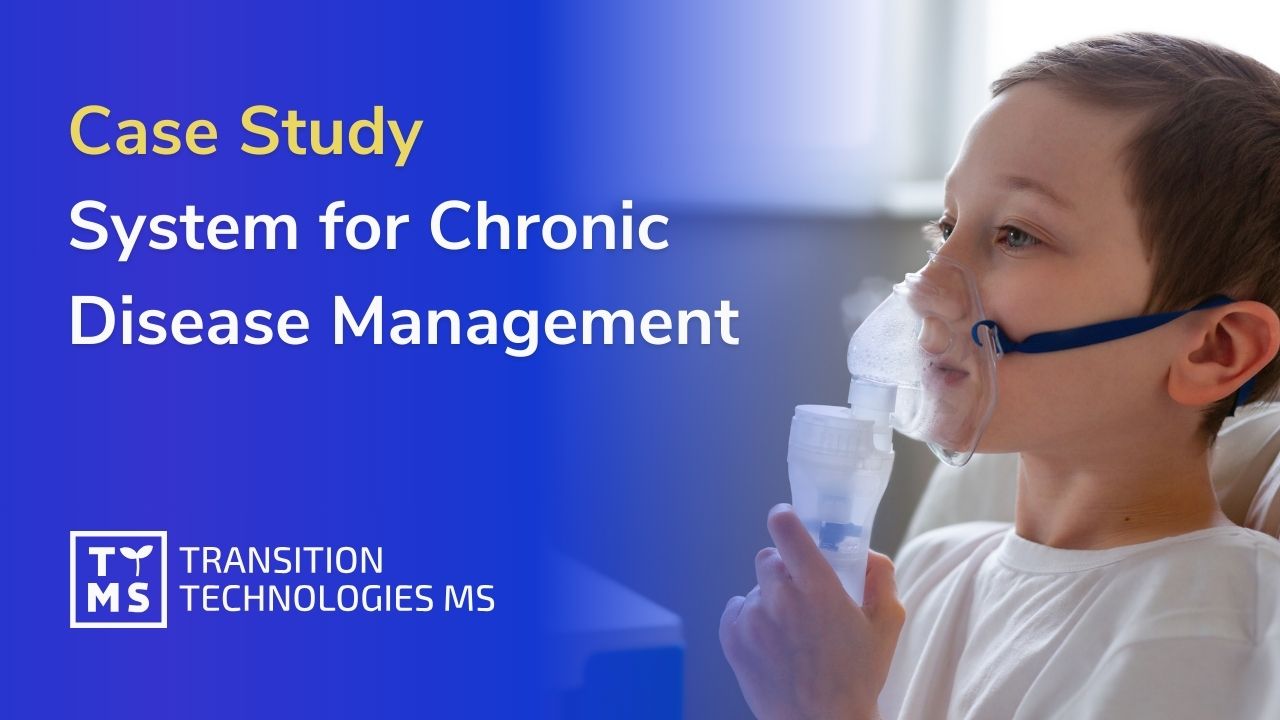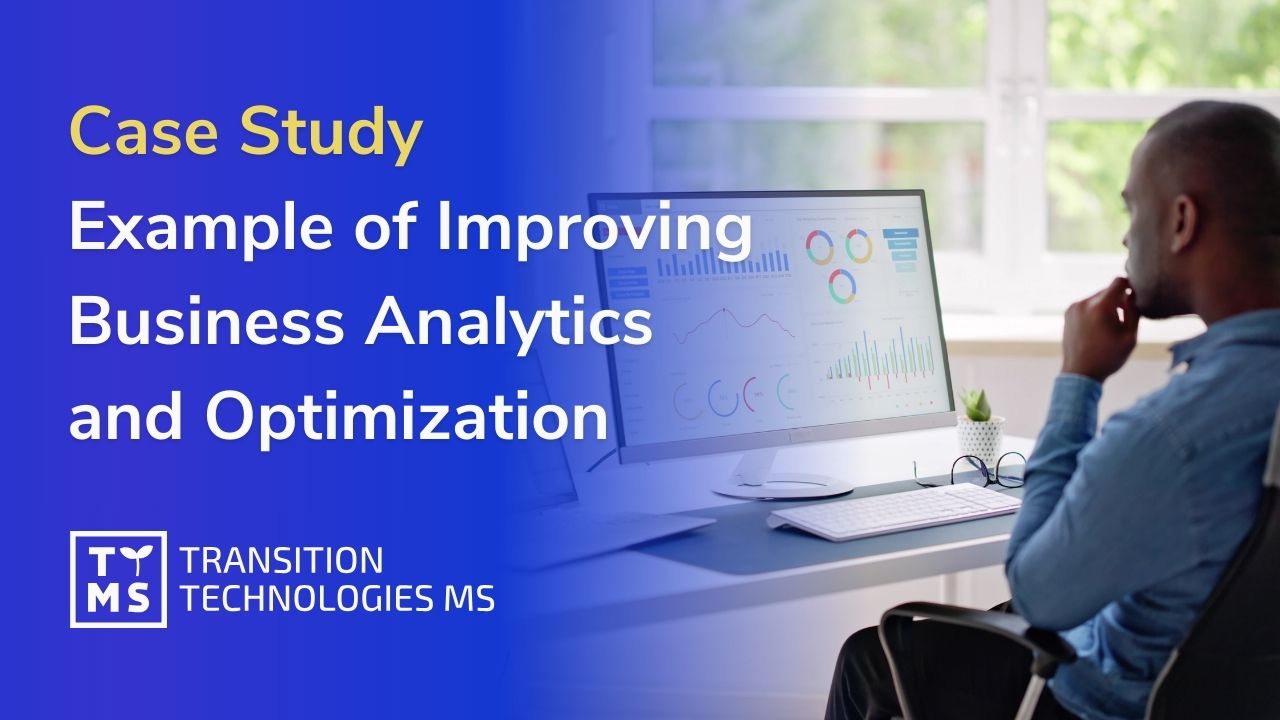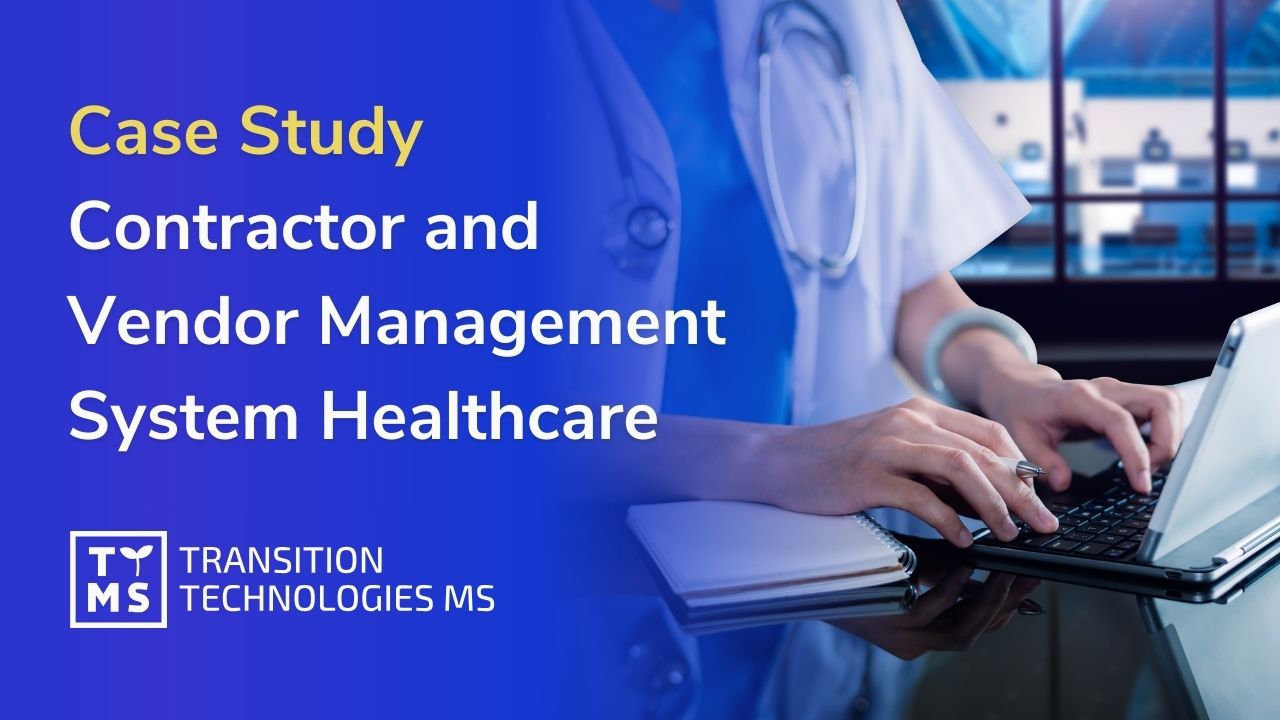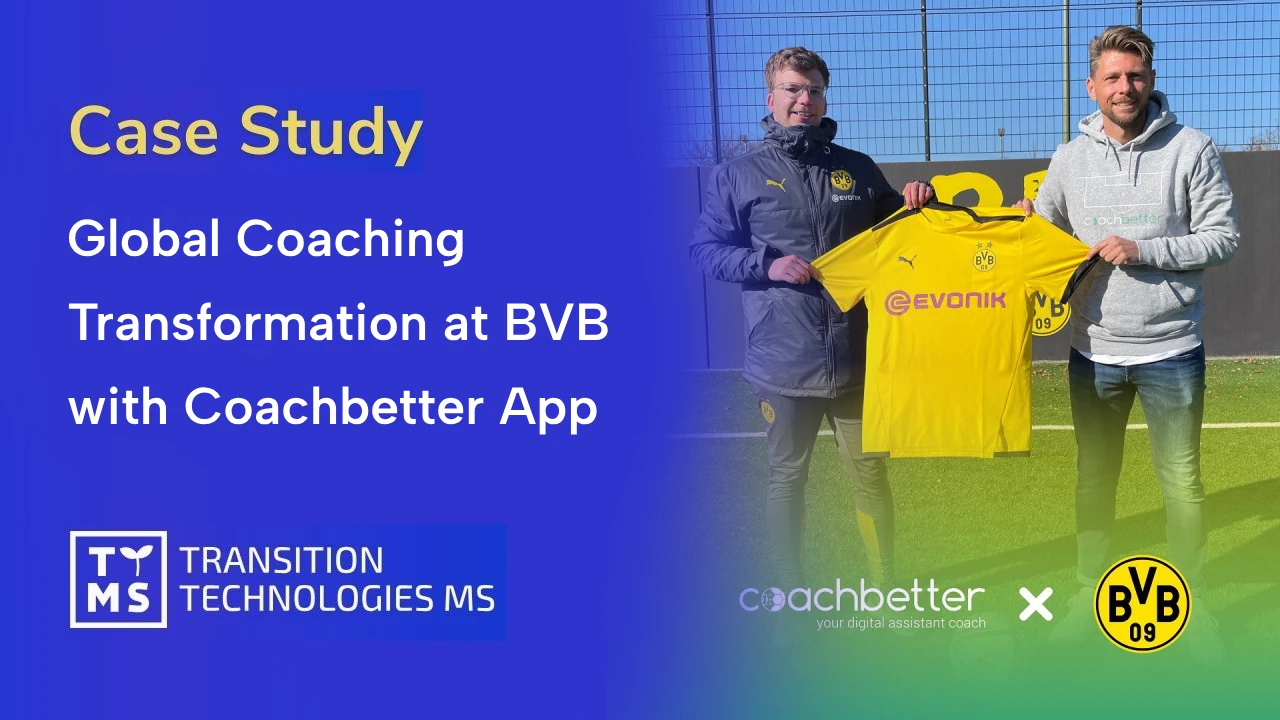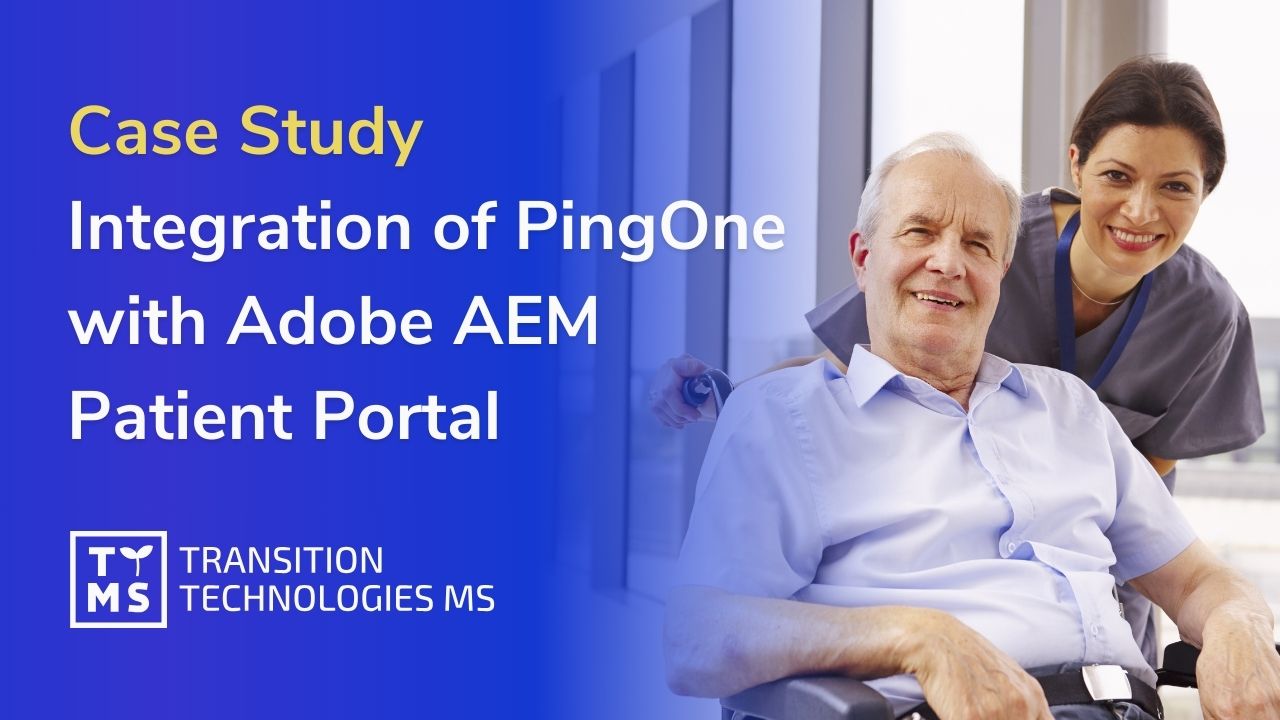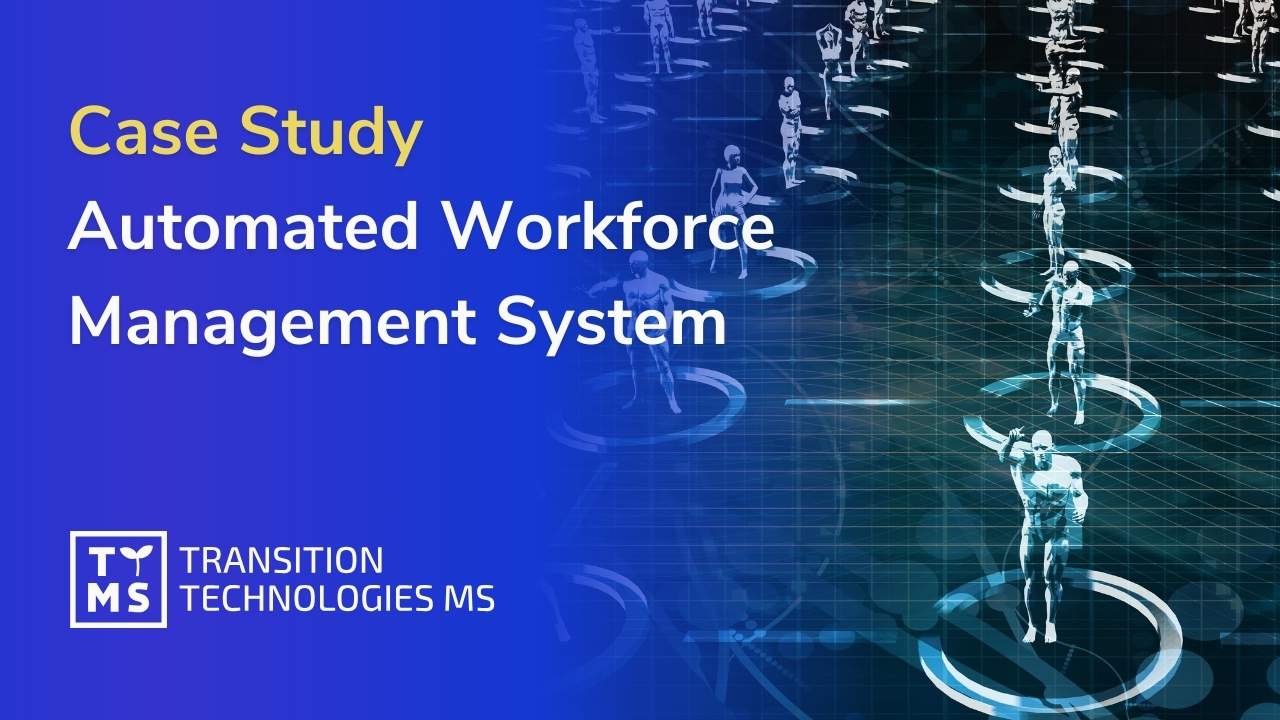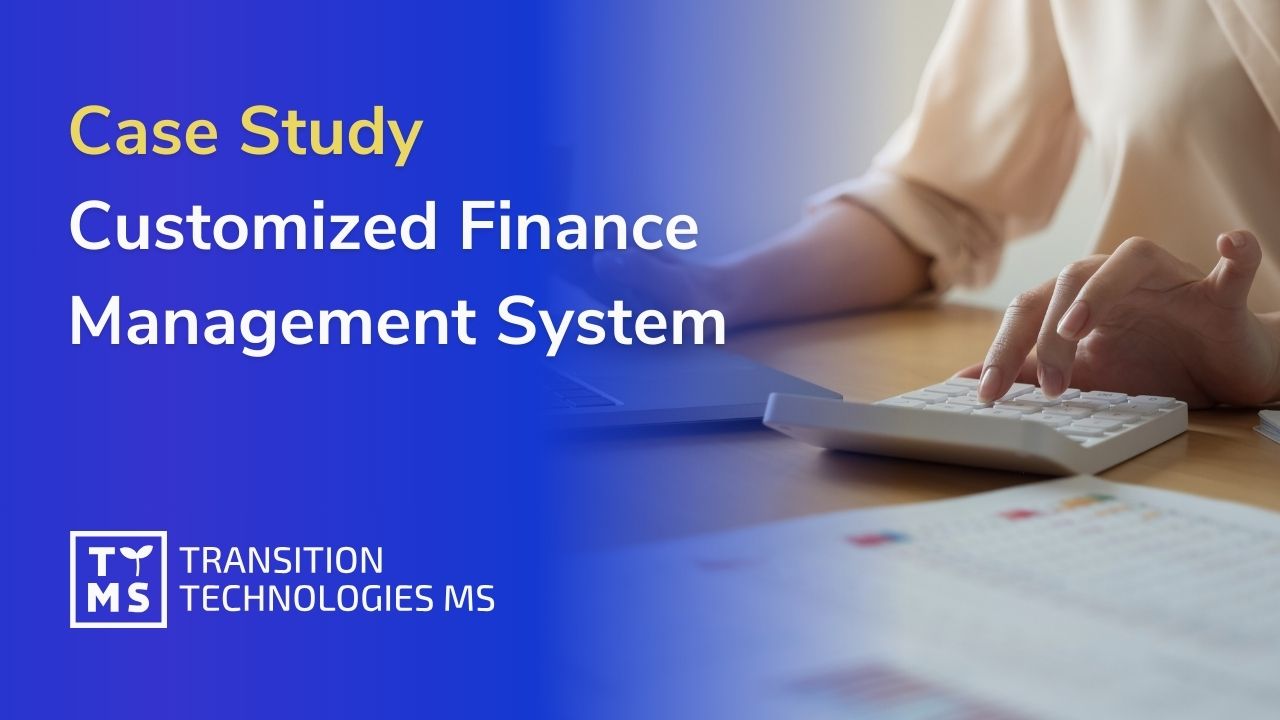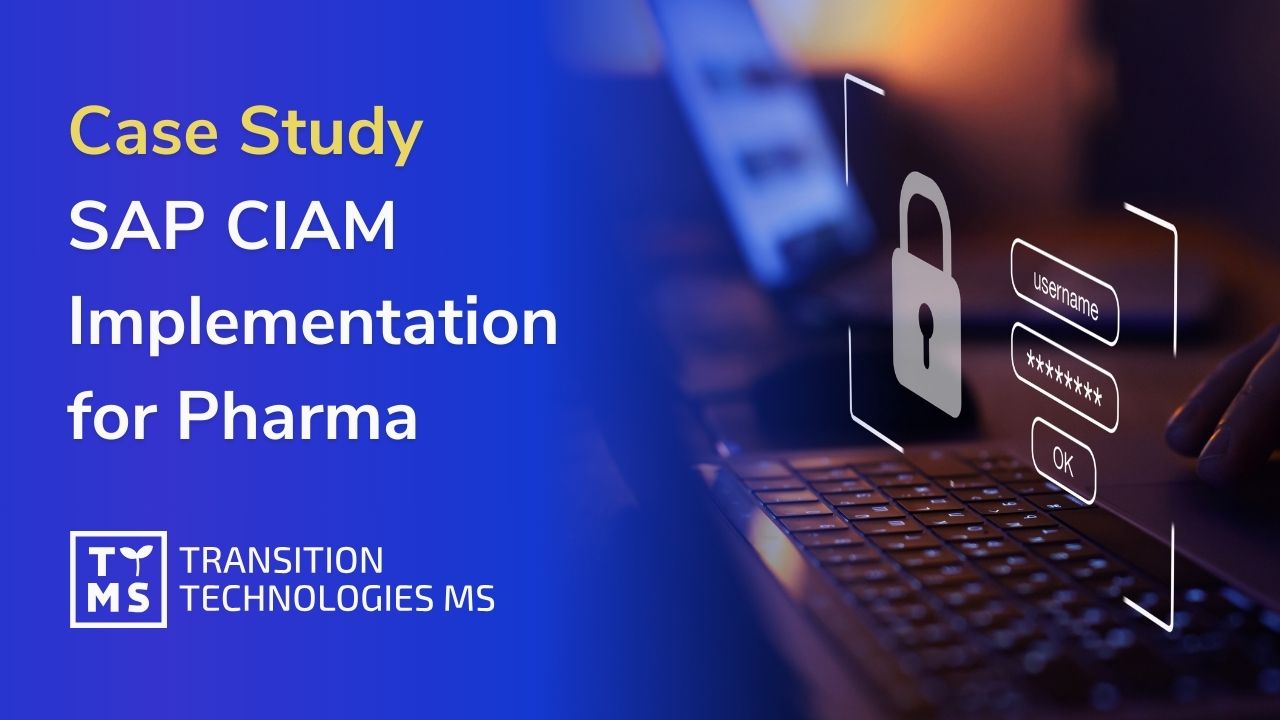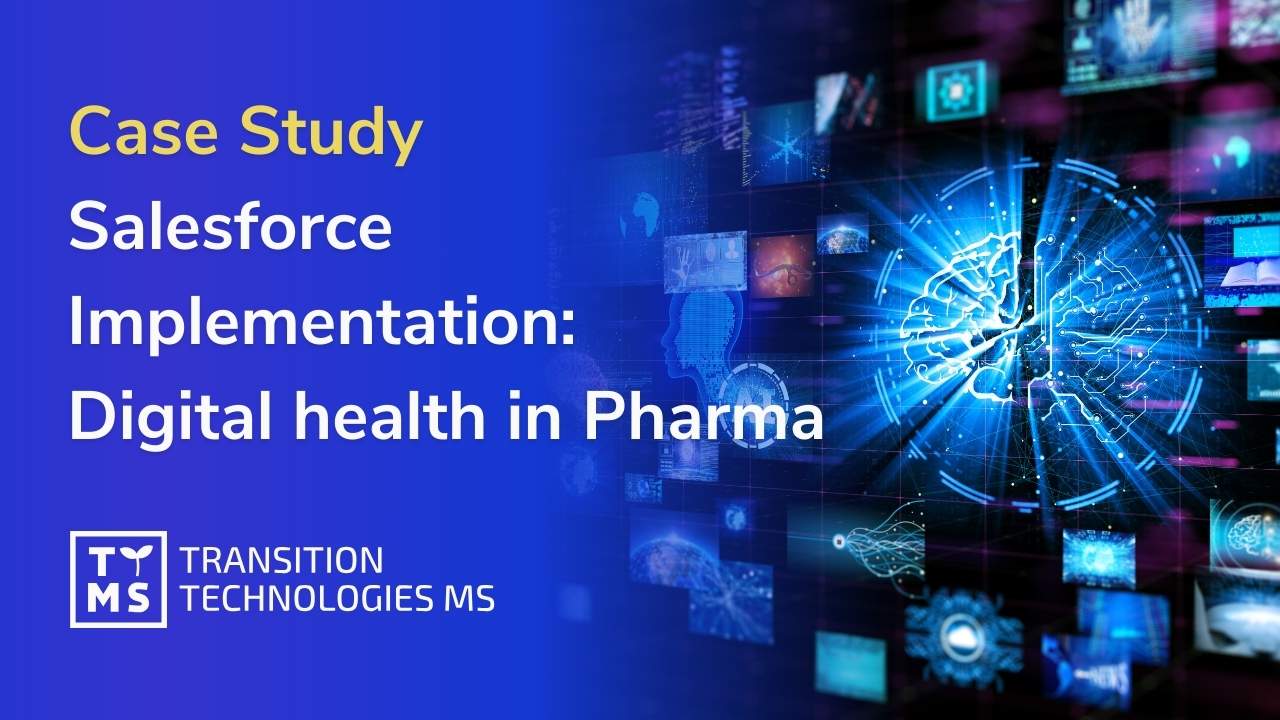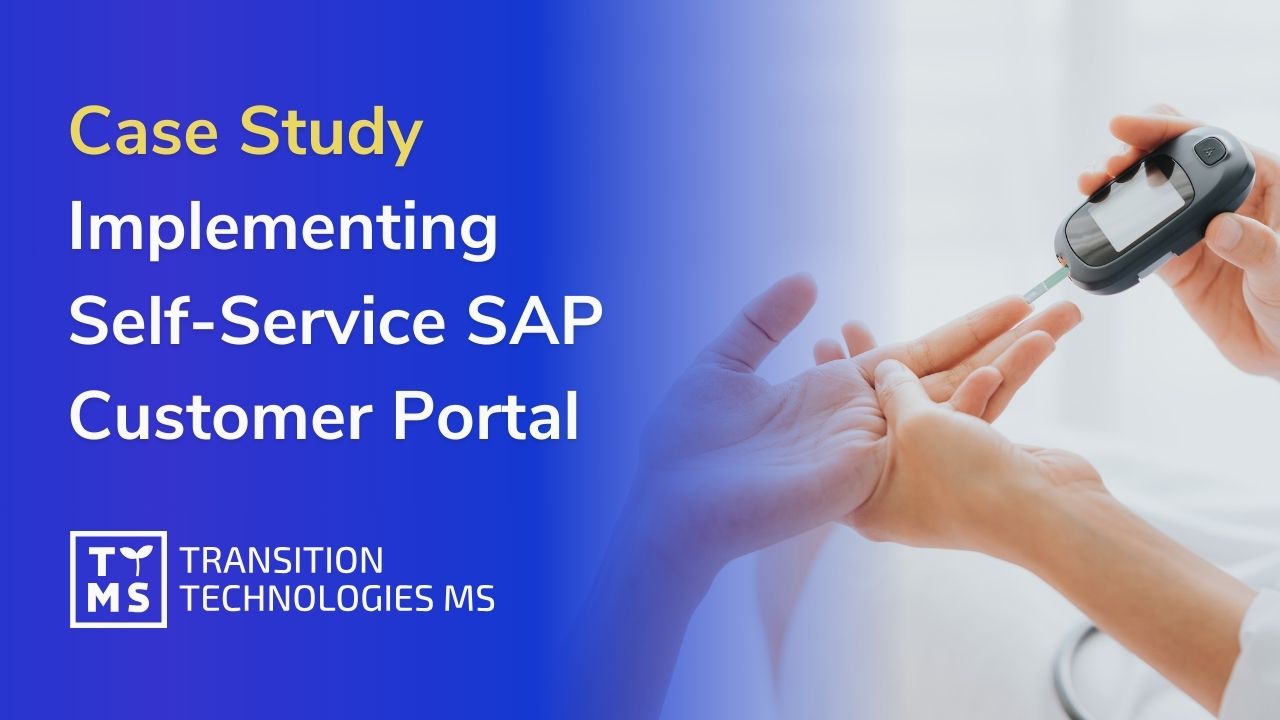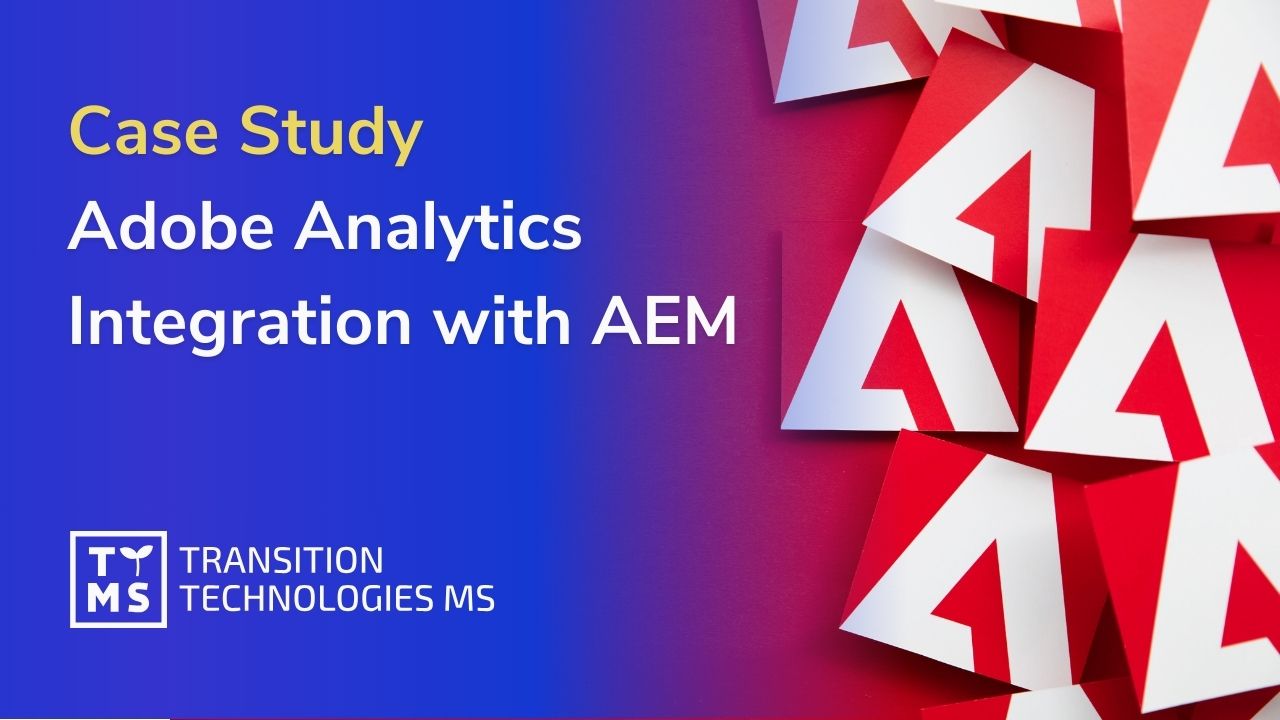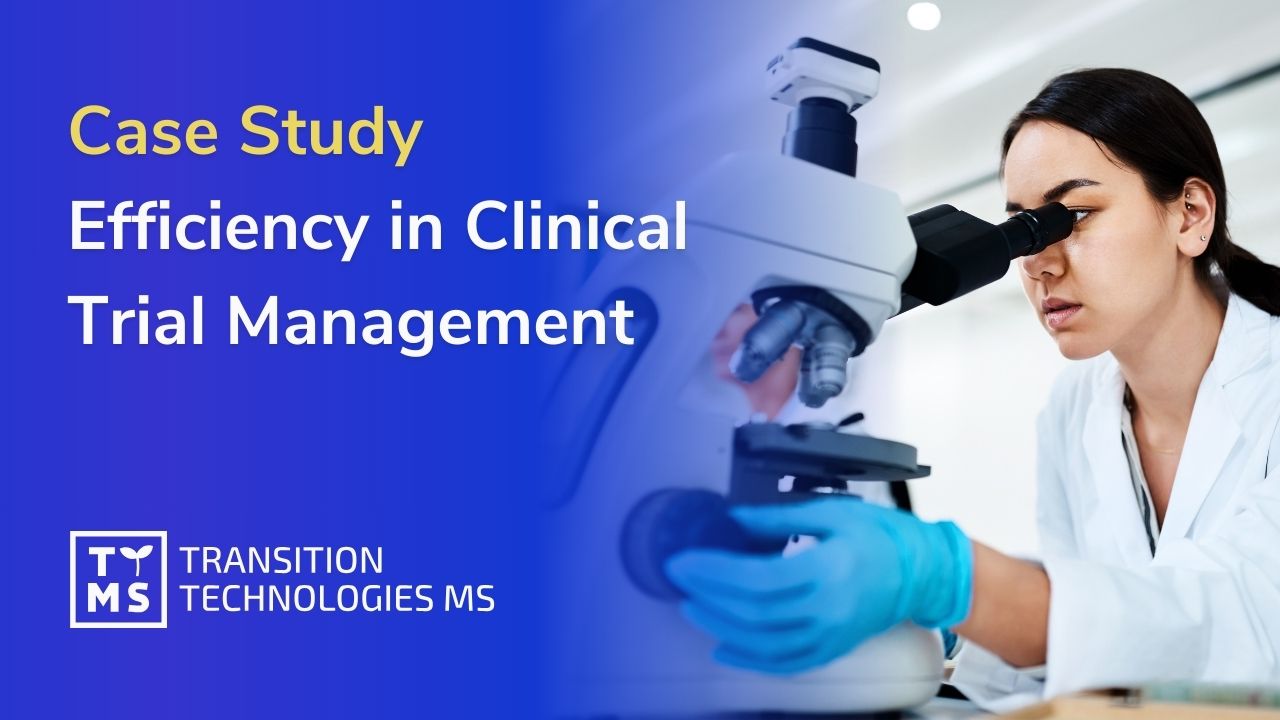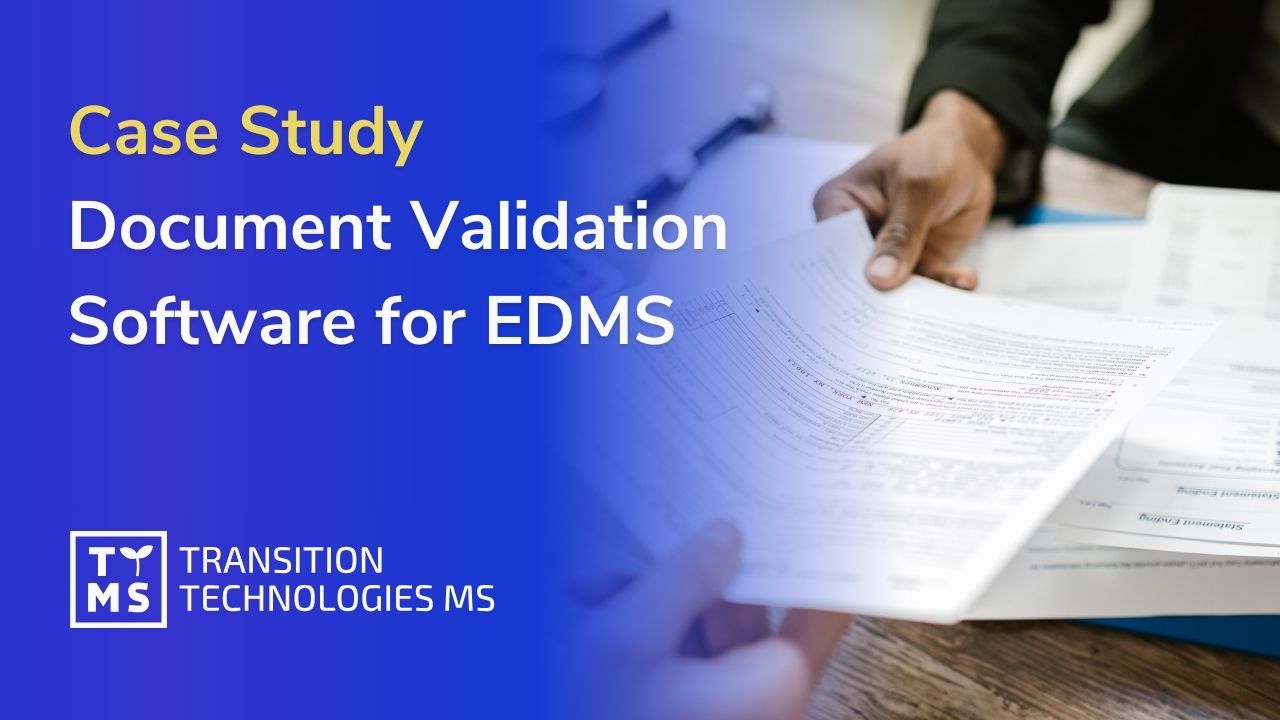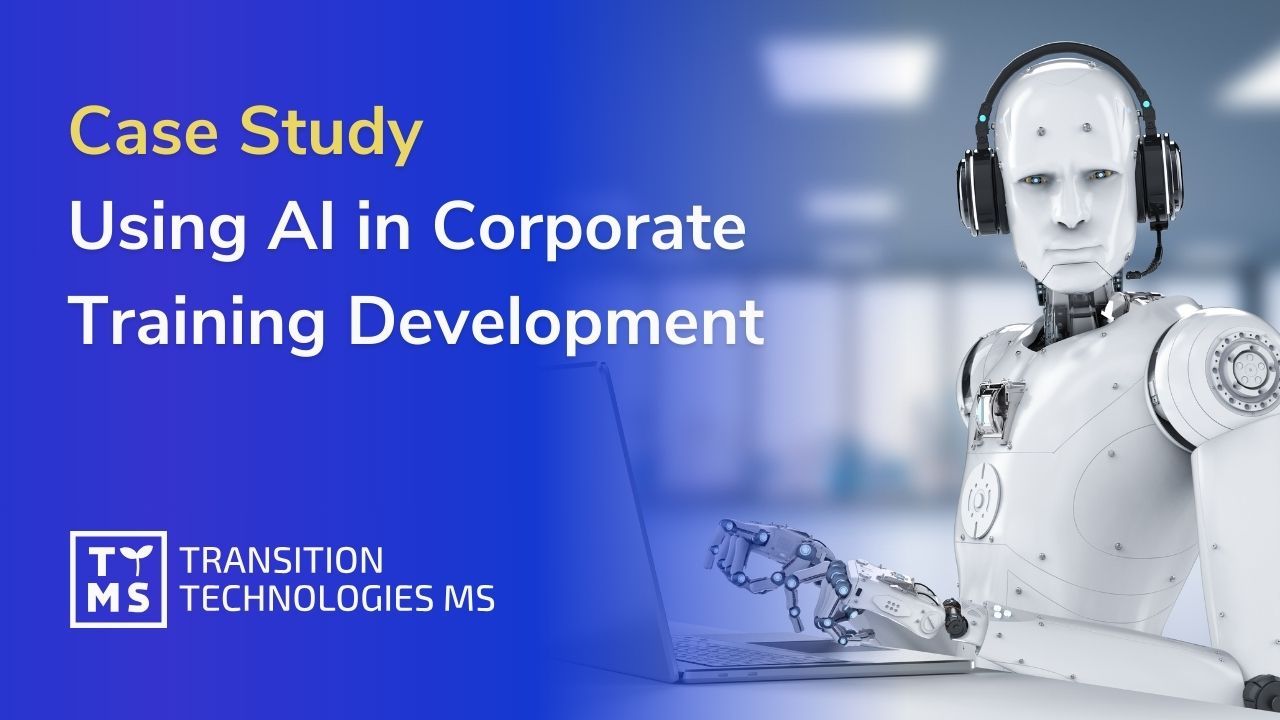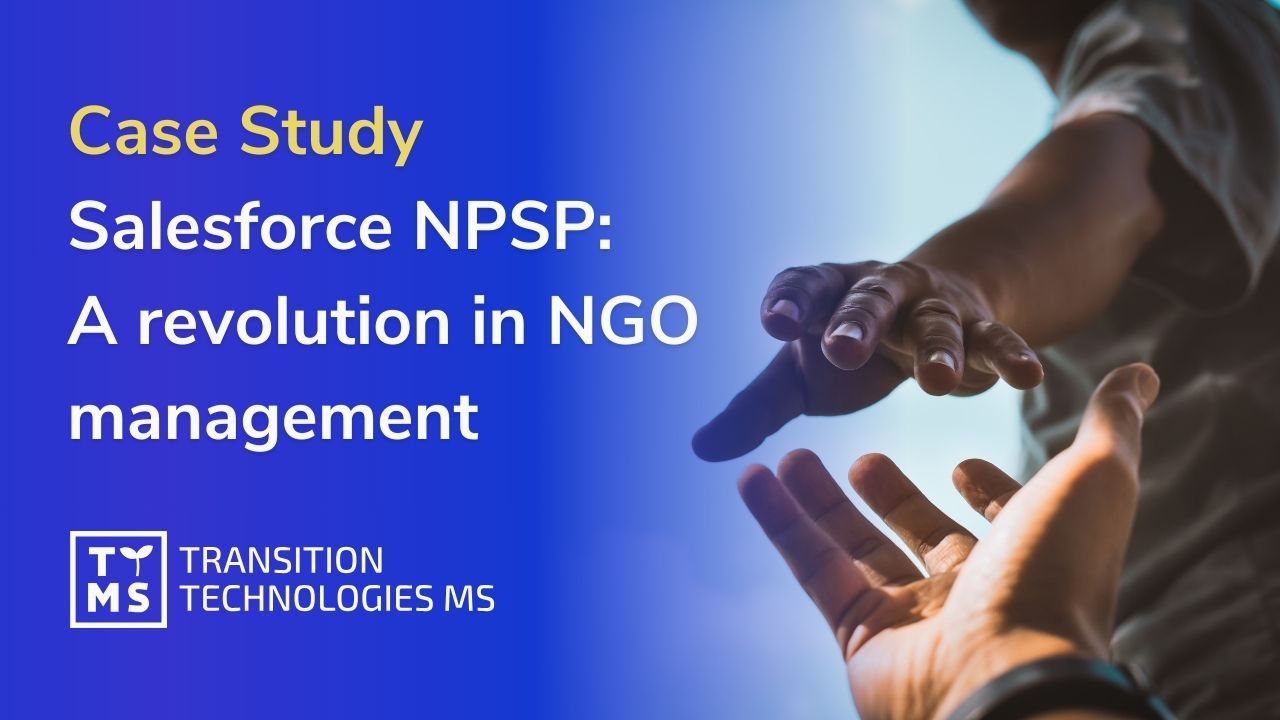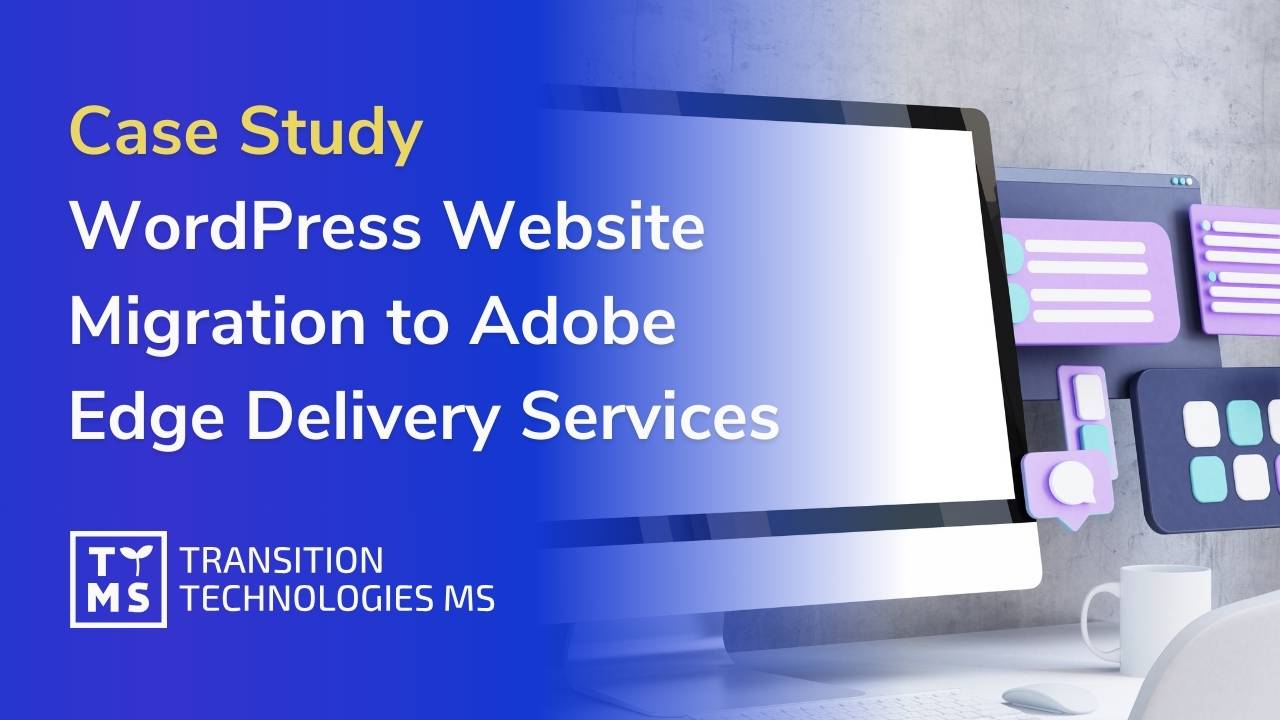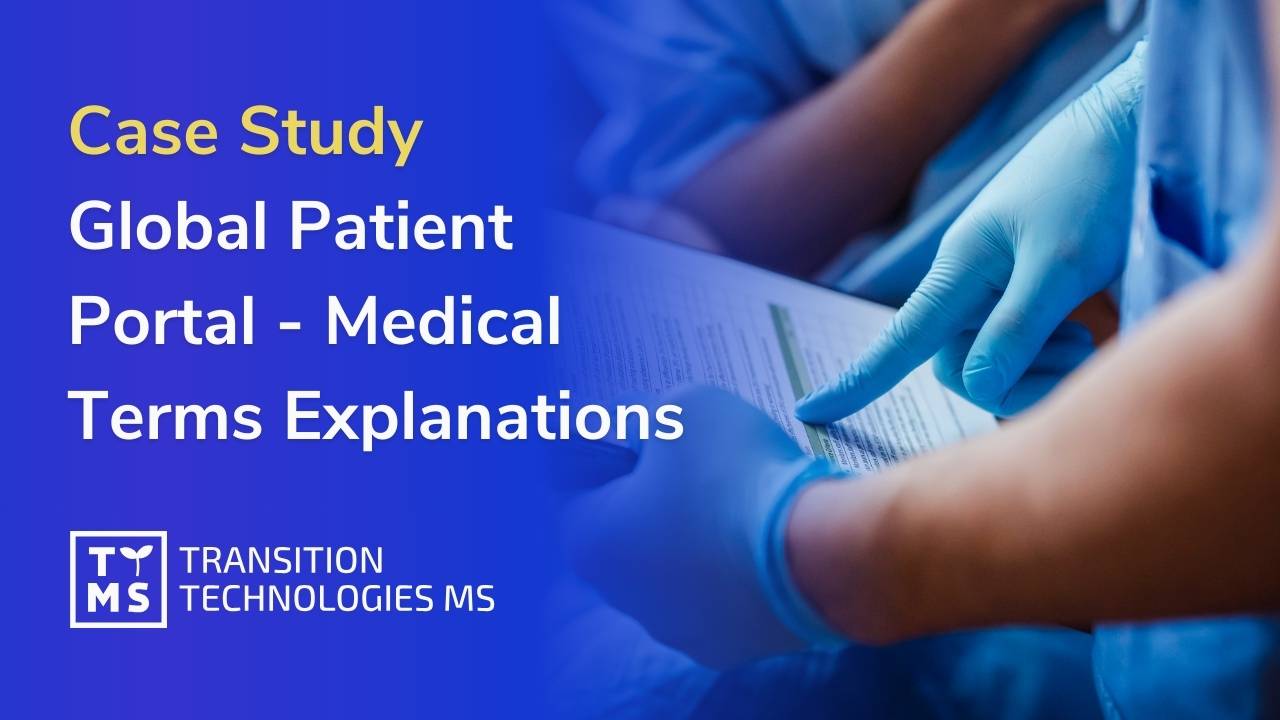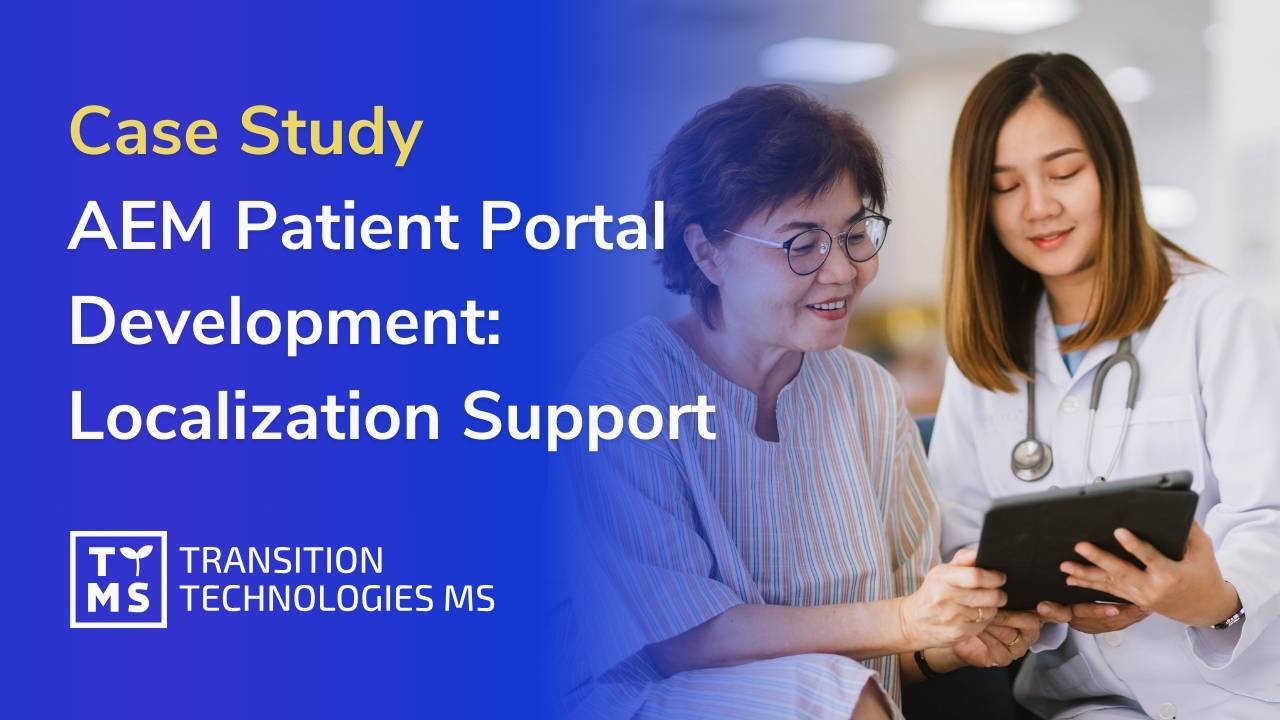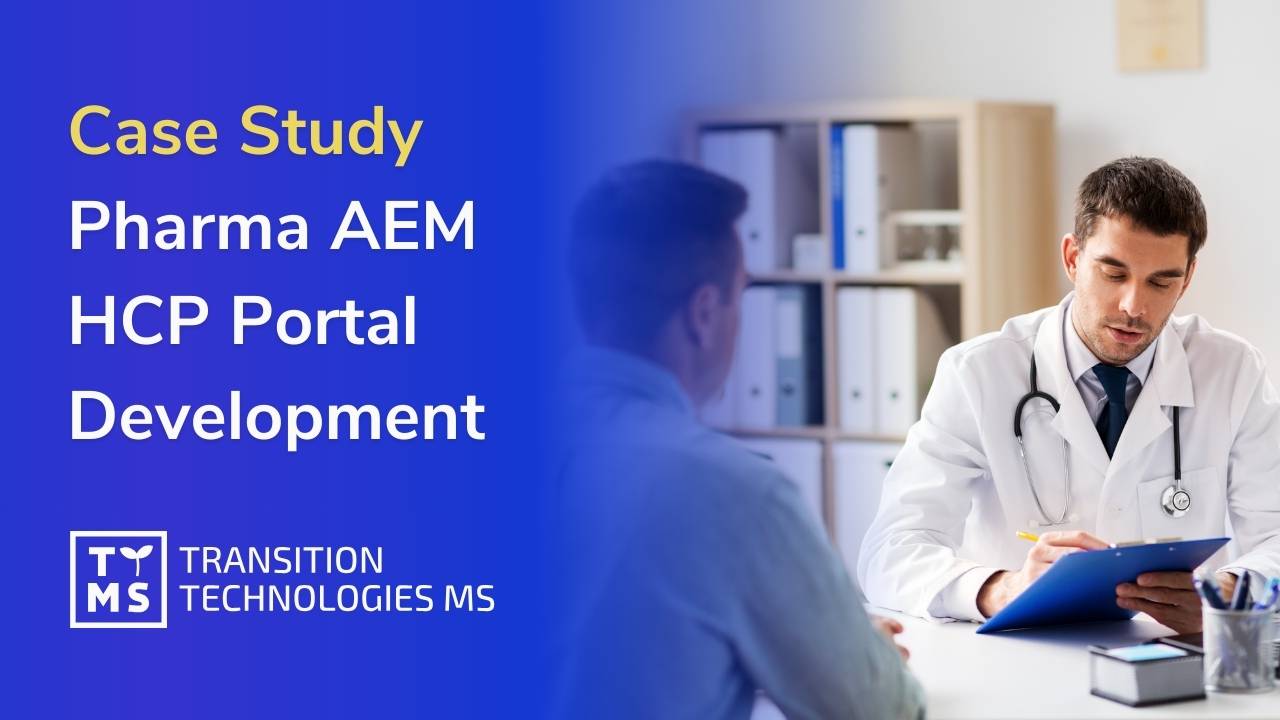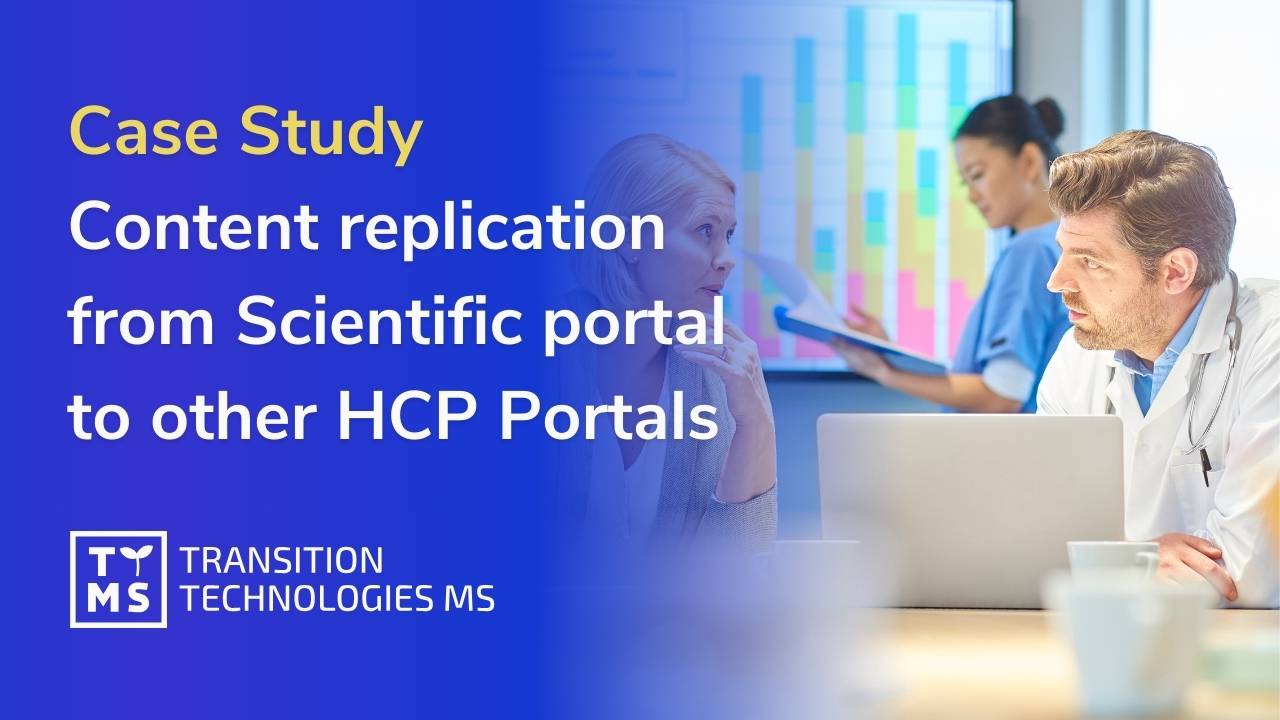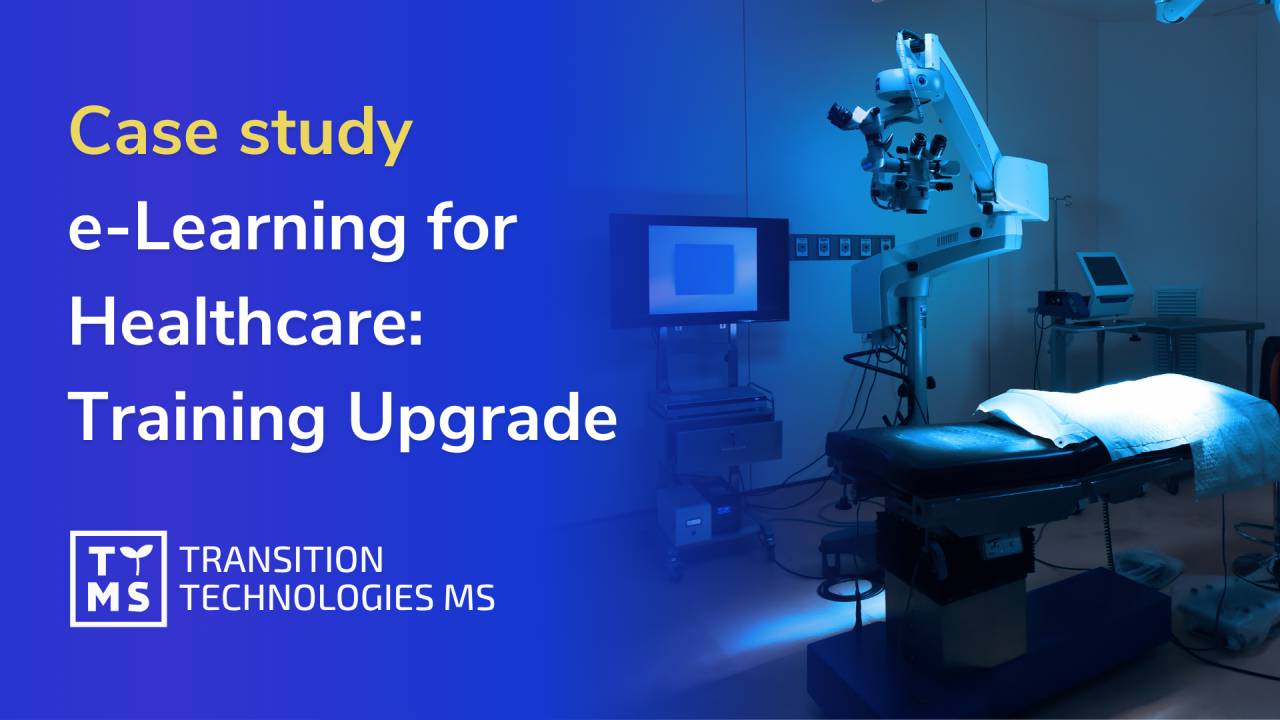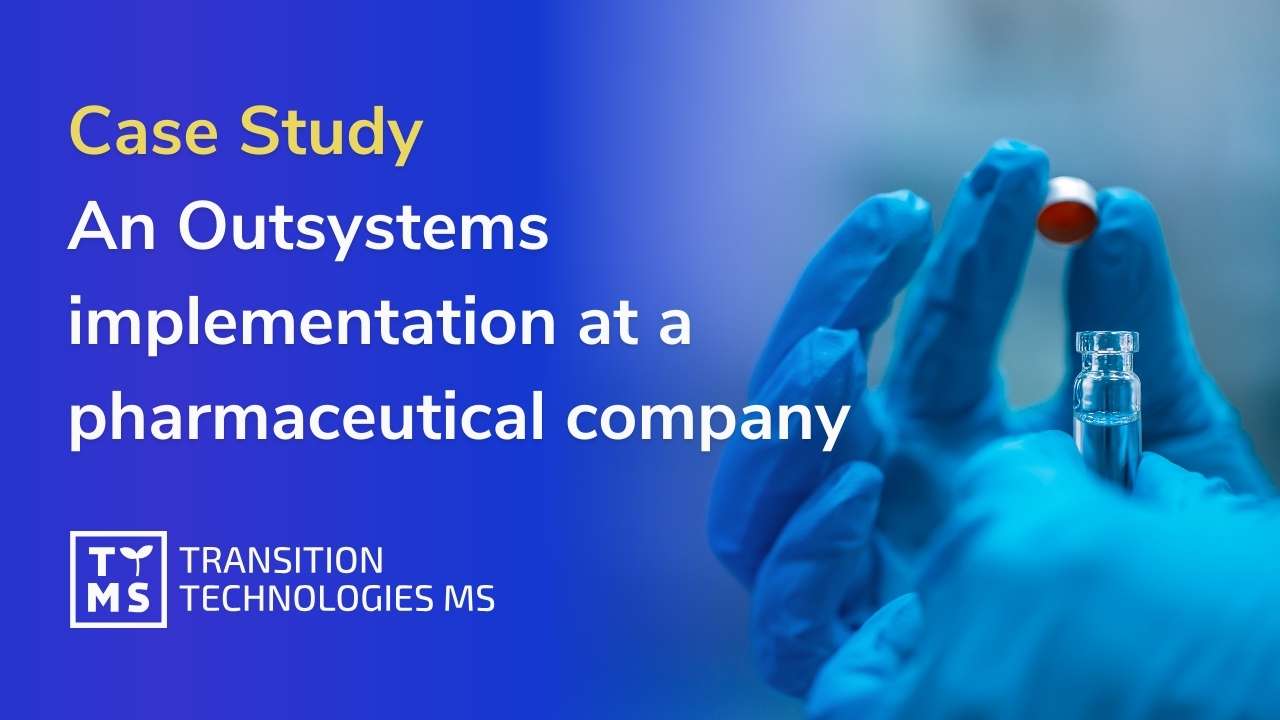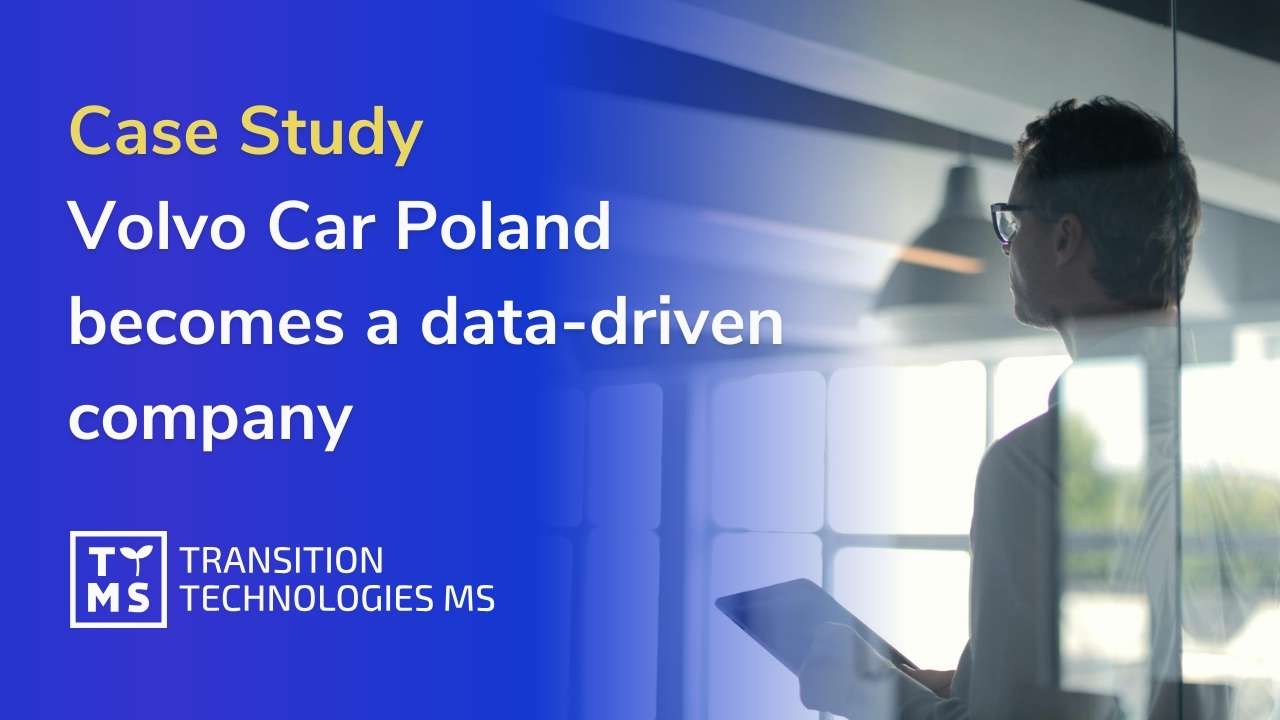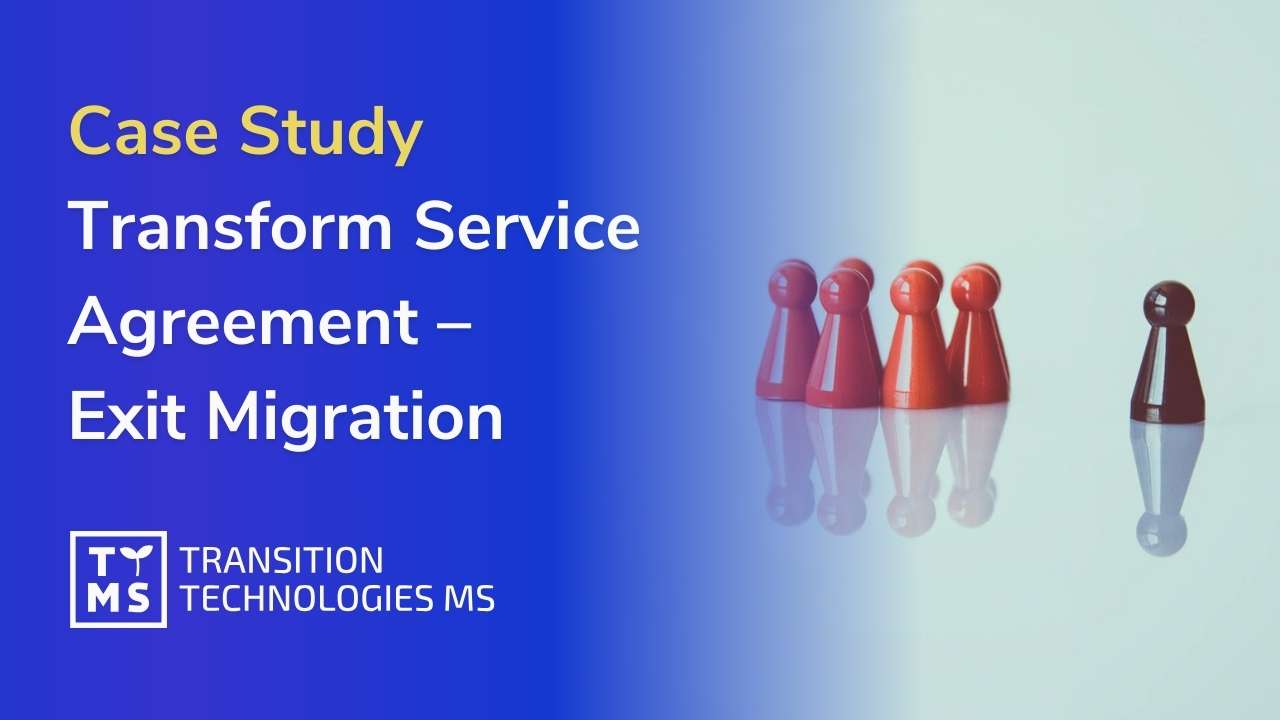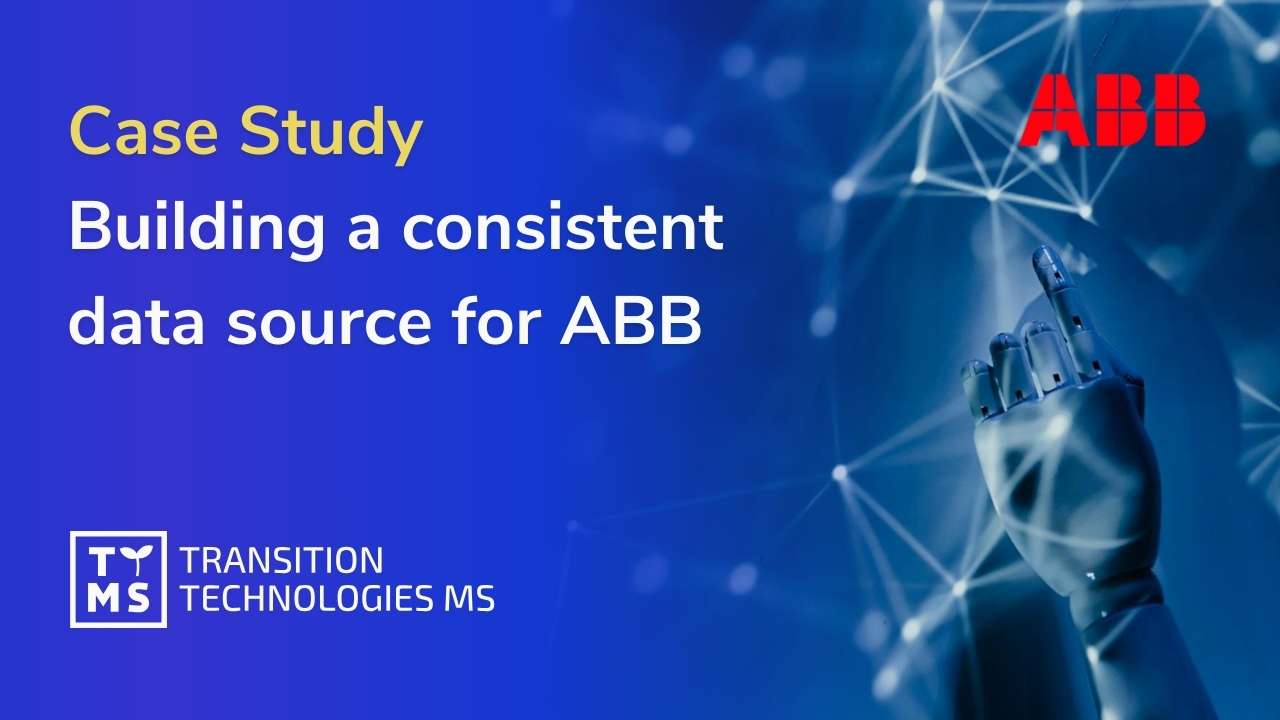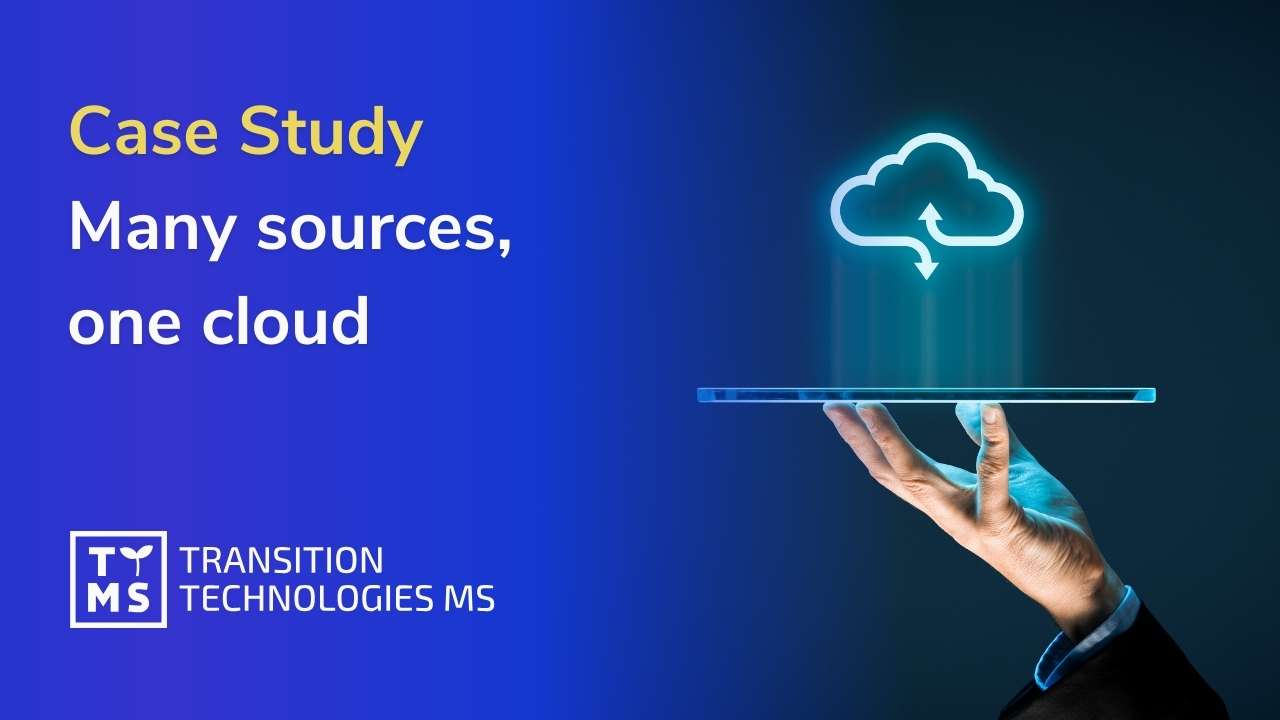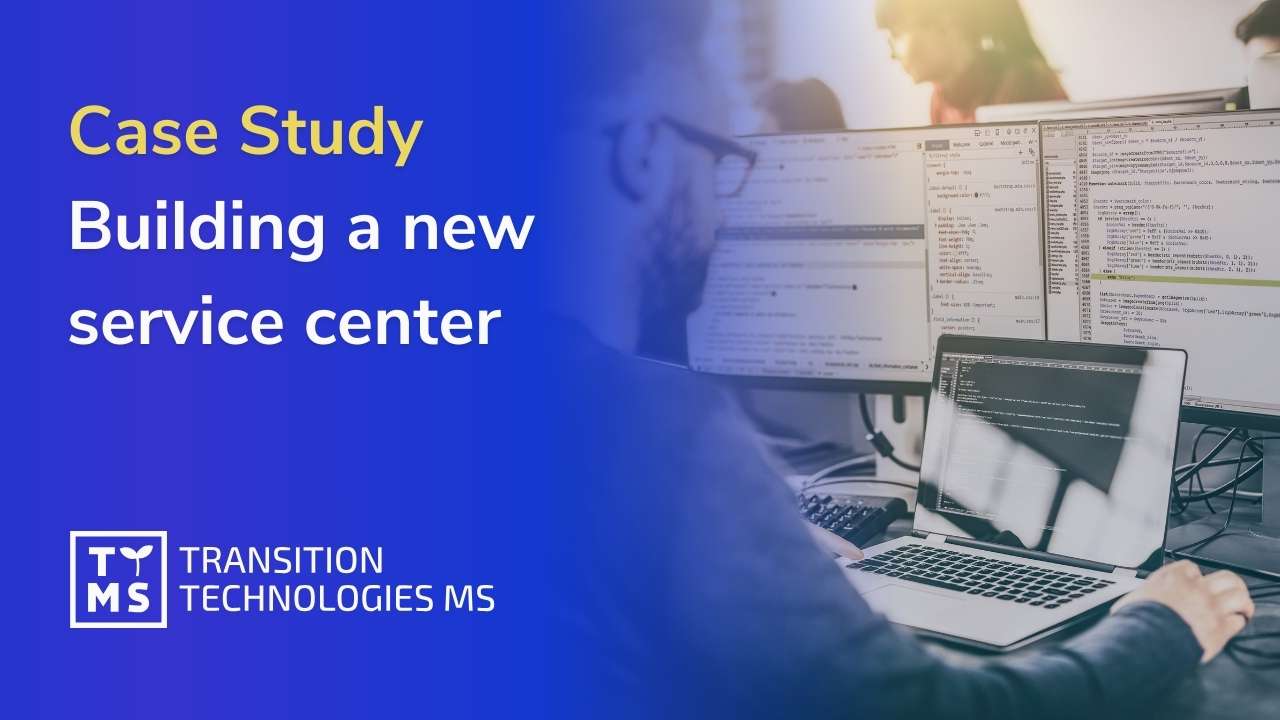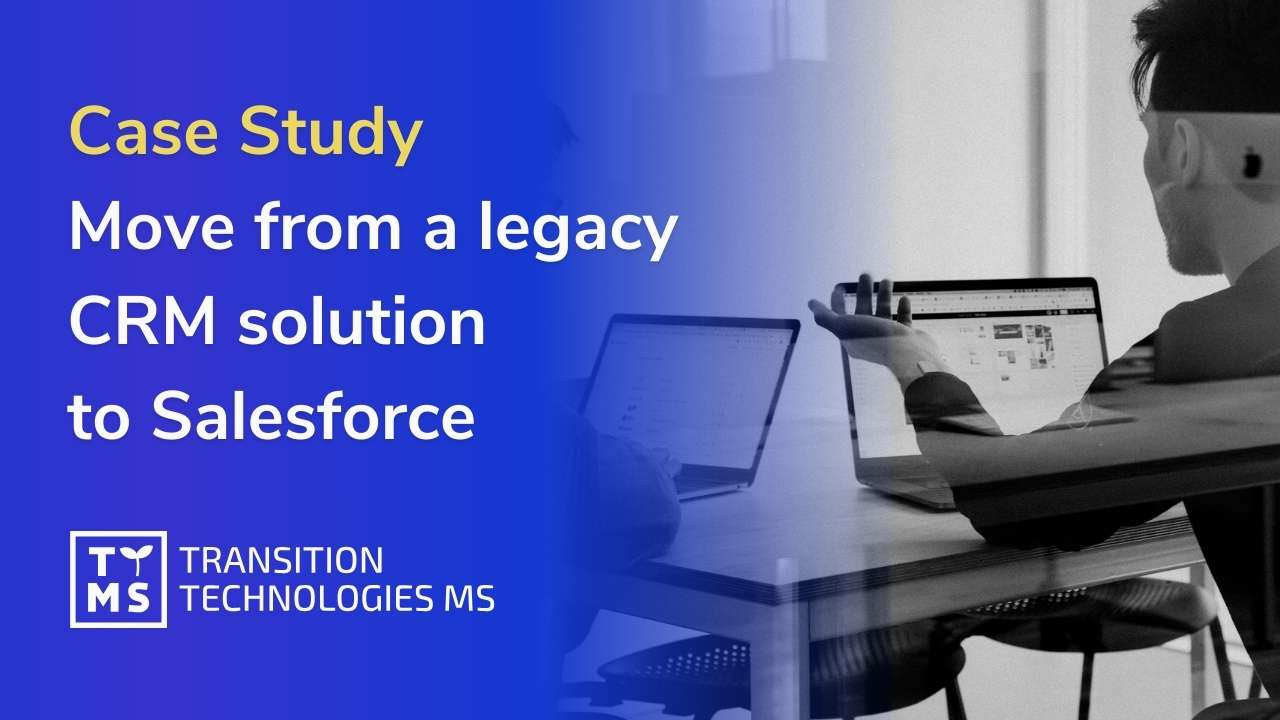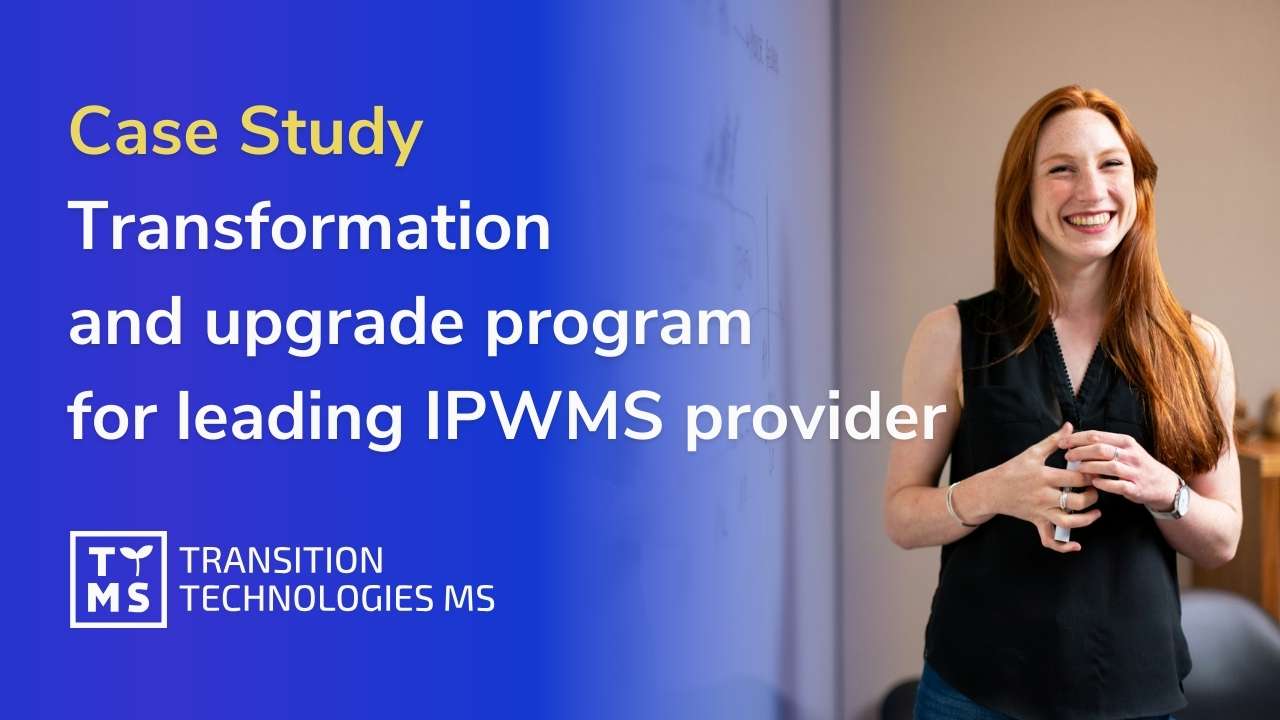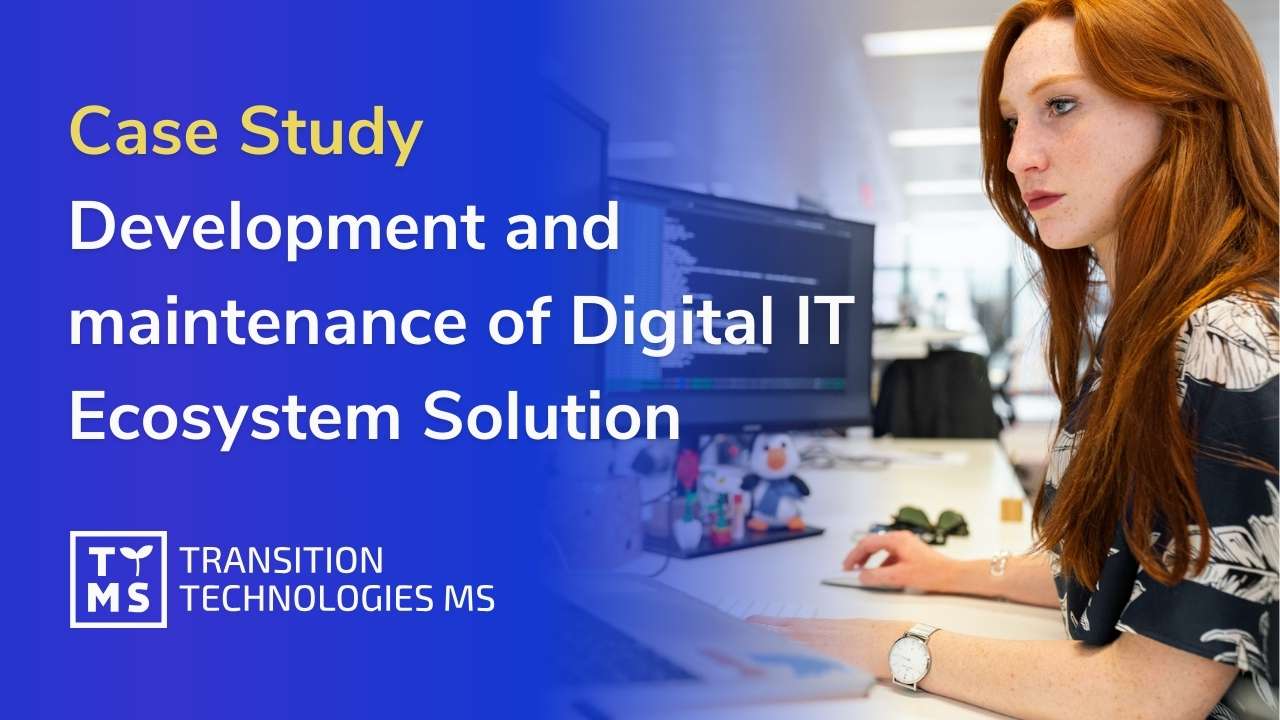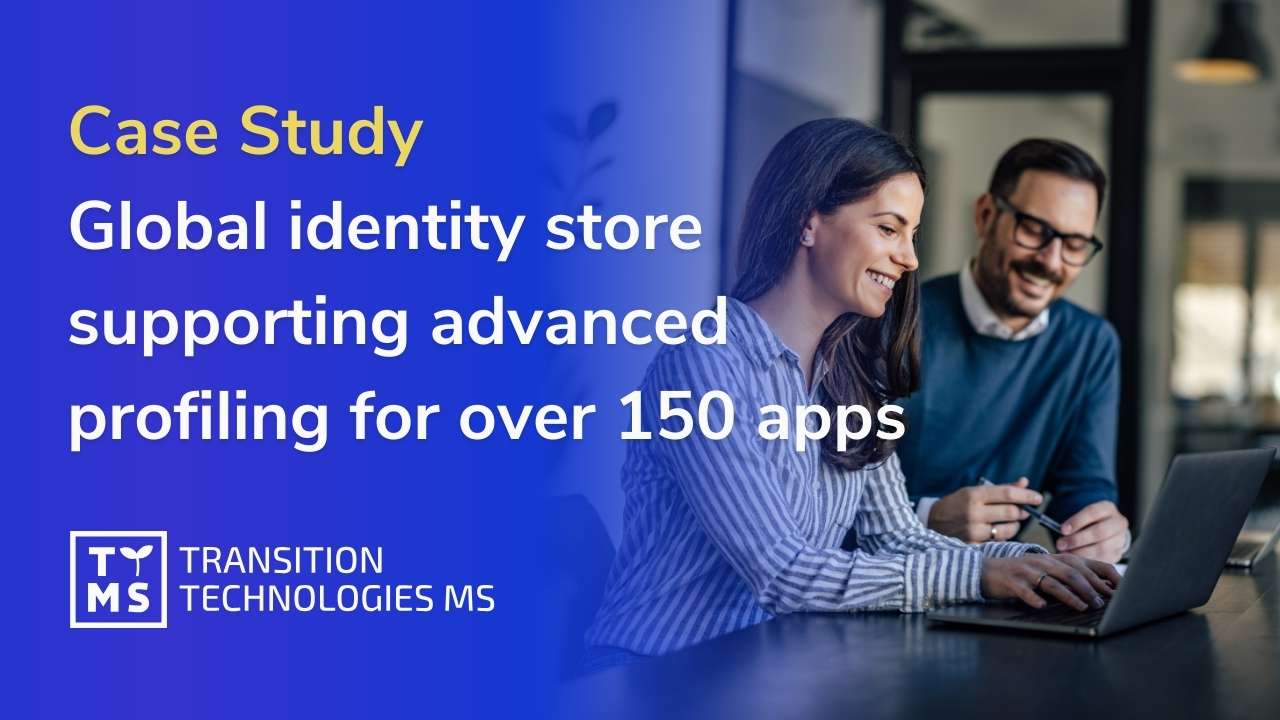
AEM Patient Portal Development Case Study – Patient Localization Support
In the rapidly evolving landscape of healthcare, patient portals have become indispensable tools for providing individuals with convenient access to their medical information. However, a common challenge faced by patients globally was the lack of localized guidance within these portals. This Patient Portal Development Case Study delves into the development of a comprehensive solution, the patient portal, addressing the need for location-based associations and information access for patients suffering from various pathologies.
Challenge
In this Patient Engagement Portal Development Case Study patients navigating through traditional patient portals often encountered a significant hurdle— the absence of guidance tailored to their specific location associations. The existing portals allowed access to medical information but did not offer any assistance in connecting patients with relevant local healthcare associations. Particularly for those suffering from specific pathologies, the struggle to find pertinent information within their geographical proximity was evident. Discover how we addressed this challenge by reading our Case Study on Patient Engagement Portal Solutions.
Solution
To bridge this gap and enhance the overall patient experience, we conceptualized and developed the patient portal with a focus on providing location-based guidance. The key features of our solution include:
Associations Page with Internal Browser:
- We integrated an associations page within the patient portal, equipped with an internal browser.
- Users could now easily search for associations based on their location, pathology, or association name directly within the portal.
Results in Accessible Card Format:
- The search results were presented in a user-friendly card format, each tagged with the respective pathology for quick identification.
- These cards included essential information to aid users in making informed decisions.
Detailed Card Information:
- Each card featured crucial details, ensuring comprehensive information access.
- Location Pin: Clicking on the location pin opened a map, providing a visual representation of the association’s location.
- Telephone/Email: Direct contact information for immediate communication.
- Website Link: A hyperlink to the association’s website for additional details.
These enhancements were not just innovative but were also made possible through the robust capabilities of Adobe Experience Manager (AEM). AEM served as the foundation for building and managing the patient portal, ensuring scalability, flexibility, and seamless integration of features. Its intuitive interface and powerful content management capabilities enabled our team to streamline development processes and deliver a user-friendly patient portal experience.
Outcome
The implementation of the patient portal yielded several positive outcomes, significantly improving patient engagement and access to local healthcare associations:
Associations Displayed Based on Search Input:
- Users could now find associations specifically tailored to their pathology and location.
- The search algorithm ensured that relevant results were displayed, streamlining the user experience.
User-Friendly Card Format:
- The card format presented information in a visually appealing and accessible manner.
- Users could quickly scan through the cards to identify associations matching their criteria.
Detailed Information for Informed Decisions:
- The inclusion of location pins on maps, contact information, and website links empowered patients with comprehensive details.
- Users could confidently choose associations based on their preferences and needs.
Efficient Navigation and Localized Access:
- The internal browser streamlined the navigation process, eliminating the need for users to search for associations externally.
- Patients could access localized information seamlessly within the patient portal itself.
Conclusion
In this Case Study on Patient Engagement Portal Platform Development the development and implementation of the patient portal emerged as a groundbreaking solution to the challenges faced by patients seeking localized healthcare associations. By integrating an associations page with an internal browser and presenting results in an easily accessible card format, we successfully enhanced patient engagement and provided a good tool for individuals to connect with relevant healthcare providers.
As patient portals continue to evolve, the integration of localized features will remain a key focus. The patient portal serves as a prime example of how technology can be harnessed to not only provide medical information but also connect patients with the resources and associations they need for a holistic healthcare experience.
In conclusion, this Case Study in Patient Portal Software Development highlights the success of our patient engagement portal solution in addressing the challenges of patient localization. The patient portal stands as a testament to the positive impact of innovative healthcare solutions, showcasing how technology can be a catalyst for improving patient outcomes and experiences on a global scale.
If you want to learn more, explore our other Case Study in Patient Engagement Portal Development.
Check other case studies
Ready to take your business to the next level?
Let’s talk about how TTMS can help.

Sunshine Ang Sen Shuen
Sales Manager
